Professional Historical & Architectural Demolition Services in North Carolina
Get Your Free Instant Quote Now!
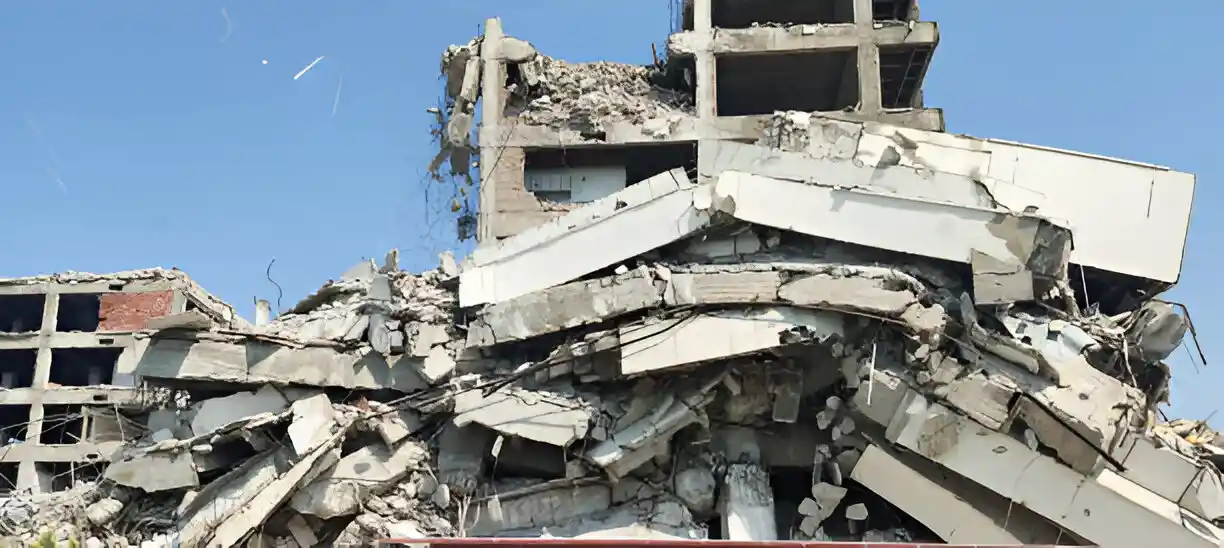
Turn Your Historical Demolition Project into a Preservation Success Story
Welcome to Carolina Demo and Removal, your trusted partner in historical and architectural demolition since 2010. We serve North Carolina with pride and precision. Our team combines expertise and environmental consciousness to handle your heritage-building projects carefully.
At the heart of North Carolina’s historic landscape, we understand that each old building tells a unique story. Our preservation specialists work hand-in-hand with building owners to maintain the charm of yesteryear while meeting today’s needs.
Historical and architectural demolition isn’t just about tearing down buildings—it’s about preserving memories and valuable materials. We partner with local historic preservation groups to ensure that every project respects our community’s heritage.
Our specialized demolition services blend traditional techniques with modern eco-friendly practices. Working alongside architectural historians and environmental consultants, we carefully assess each structure’s historical significance.
Services We Offer:
- Preservation-focused demolition
- Selective material recovery
- Heritage element protection
- Eco-friendly disposal methods
- Custom preservation plans
Every historic building presents its own set of challenges and opportunities. Our team of heritage conservation experts evaluates each project with fresh eyes and creative solutions.
We understand that choosing a demolition partner for your historic property is a big decision. That’s why our structural engineers and preservation feasibility consultants work together to create detailed project plans.
Your heritage building deserves more than just standard demolition treatment. Our partnership with local cultural heritage organizations ensures we follow all preservation guidelines while meeting modern safety standards.
Additional Services:
- Professional documentation services
- Architectural element salvage
- Historic material recycling
- Period feature protection
- Environmental impact minimization
Our commitment to North Carolina’s architectural heritage goes beyond simple demolition. We collaborate with local historical societies and community planning groups to preserve what matters most.
The blend of preservation and progress requires a delicate touch. Our team combines modern techniques and traditional respect for historic structures, making us your ideal partner for heritage projects.
Understanding Historical & Architectural Demolition
Historical and architectural demolition stands apart from regular building removal because it focuses on preserving valuable pieces of our past. Think of it as carefully taking apart an old puzzle while saving the most beautiful pieces.
Historical preservation groups guide us in identifying which parts of old buildings are worth saving. Working with architectural historians, we carefully plan how to remove structures while protecting important historical elements.
Key aspects of historical demolition include:
- Careful assessment of historical value
- Protection of architectural features
- Salvage of period materials
- Documentation of historical elements
- Environmental protection measures
Every historical building tells its own special story through its design and materials. Cultural heritage organizations help us understand which parts of the building hold special meaning for the community.
The biggest challenge in heritage demolition is finding the perfect balance between progress and preservation. Our team works closely with local historical societies to ensure we’re saving what matters most.
Special considerations we address:
- Age of the structure
- Historical significance
- Material condition
- Environmental impacts
- Community value
Building owners often worry about meeting all the legal requirements for historical demolition. Our preservation specialists handle all permit applications and regulatory paperwork, making the process smooth and stress-free.
North Carolina has specific rules about taking down old buildings. We partner with local government authorities to secure all necessary permits and follow preservation guidelines.
Required permits typically include:
- Local demolition permits
- Historical preservation approvals
- Environmental impact assessments
- Waste disposal permissions
- Safety certifications
Our environmental consultants ensure that we follow eco-friendly practices throughout the demolition process. We recycle and reuse materials whenever possible, reducing waste and protecting our environment.
Structural engineers assess each building’s condition before we start any work. This helps us plan the safest way to remove structures while protecting valuable historical features.
Safety measures we implement:
- Building stability checks
- Protection of nearby structures
- Dust control systems
- Noise reduction methods
- Traffic management plans
Working with preservation feasibility consultants, we create detailed plans that respect both history and progress. Each project receives personal attention and careful planning to protect our architectural heritage.
Types of Historical & Architectural Demolition
Different historical buildings need different approaches to demolition and preservation. Let’s explore the main types of historical and architectural demolition services we offer in North Carolina.
Partial Demolition and Selective Removal
Our preservation specialists carefully remove specific parts of historic buildings while keeping important features intact. This approach is like performing surgery on a building—we remove what needs to go and protect what needs to stay.
Key features of partial demolition:
- Targeted removal of damaged sections
- Protection of historical elements
- Careful material separation
- Minimal impact on the surrounding structure
- Eco-friendly waste management
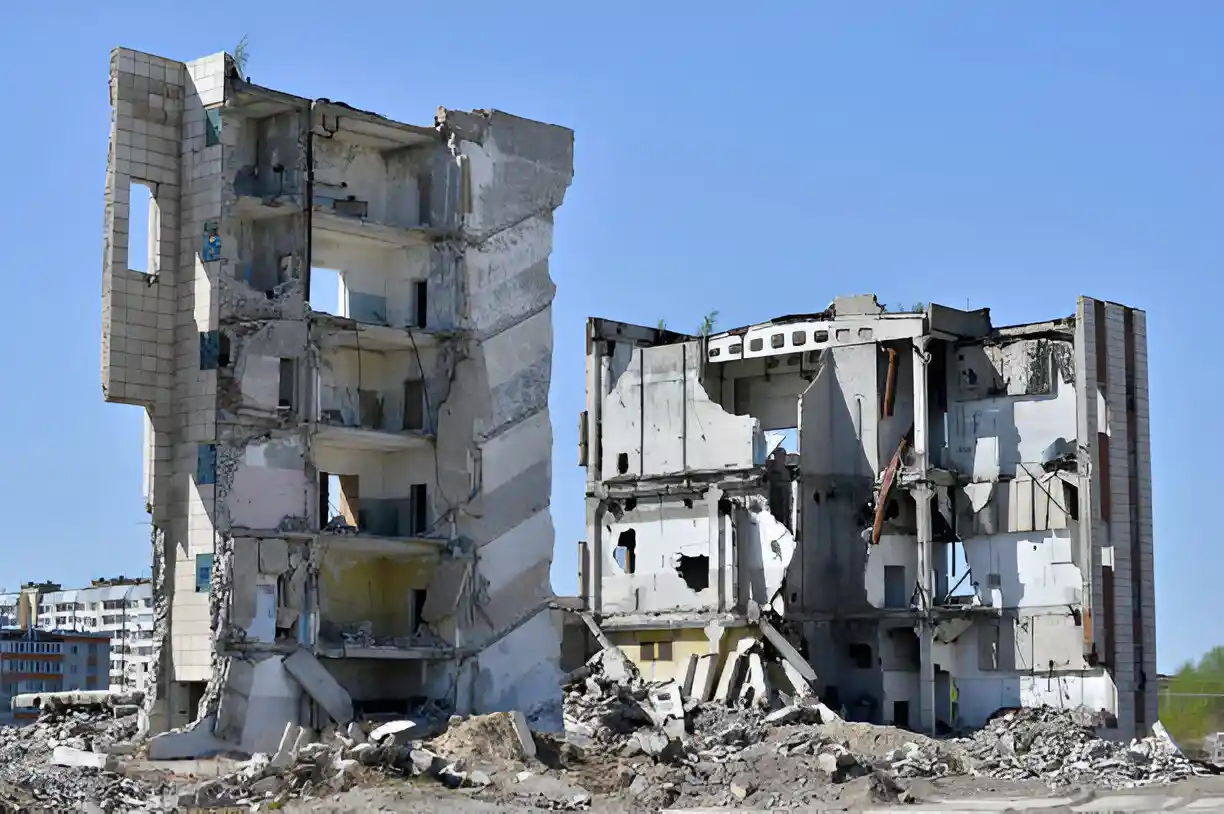
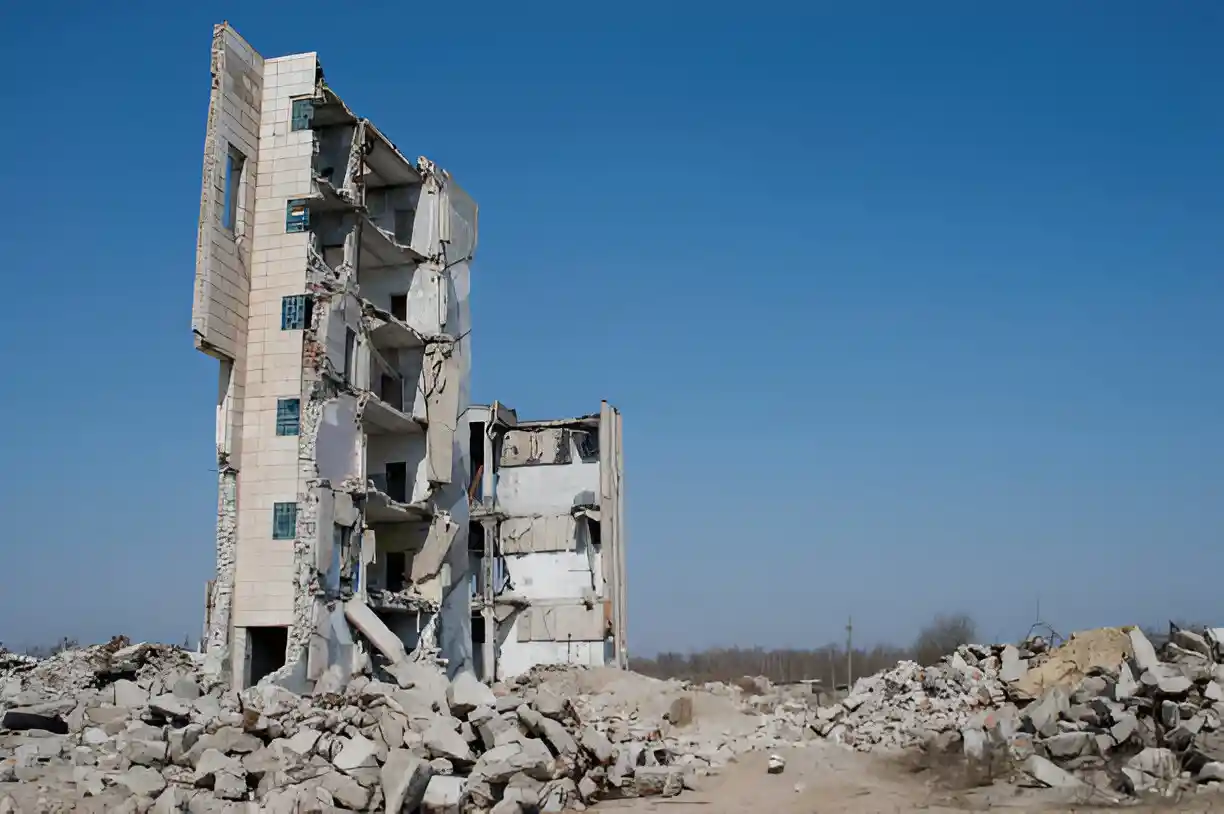
Interior Gut-outs
Sometimes, a building’s interior needs updating while its exterior stays the same. Our heritage conservation experts empty the interior while protecting the building’s outer shell.
What we preserve during gut-outs:
- Original window frames
- Historic doorways
- Decorative mouldings
- Period fixtures
- Character-defining features
Facade Preservation
The front face of old buildings often tells important stories about our past. Architectural historians help us identify which parts of the facade hold historical significance.
Facade preservation includes:
- Historic brick cleaning
- Stone restoration
- Decorative element protection
- Window preservation
- Original signage conservation
Structural Modifications
Our structural engineers know how to strengthen old buildings while keeping their charm. We blend modern safety standards with historical preservation techniques.
Common structural changes include:
- Foundation reinforcement
- Support beam updates
- Wall stabilization
- Floor joist replacement
- Roof structure enhancement
Heritage Building Modifications
Working with local historical societies, we help update historic buildings for modern use. This keeps our architectural heritage alive while making buildings practical for today.
Modern updates we handle:
- Accessibility improvements
- Safety feature installation
- Energy efficiency upgrades
- Utility system modernization
- Climate control additions
Our environmental consultants ensure that all modifications follow green building practices. We recycle old materials and use eco-friendly alternatives whenever possible.
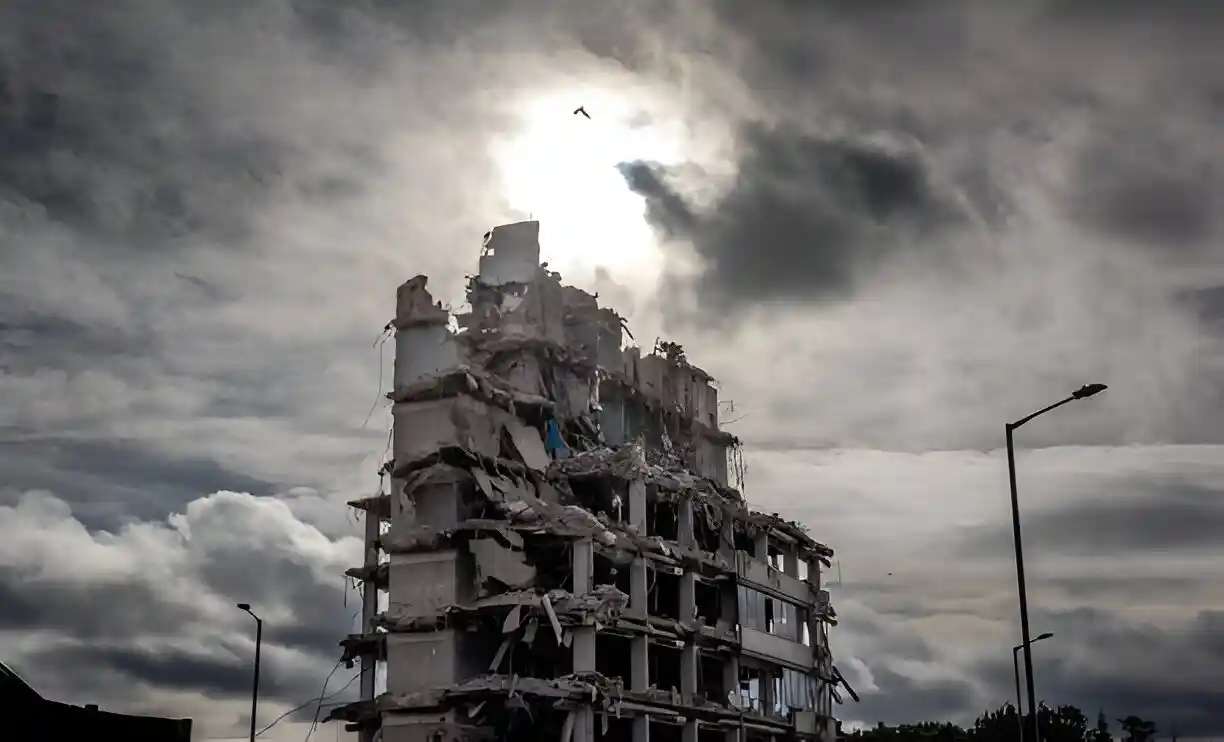
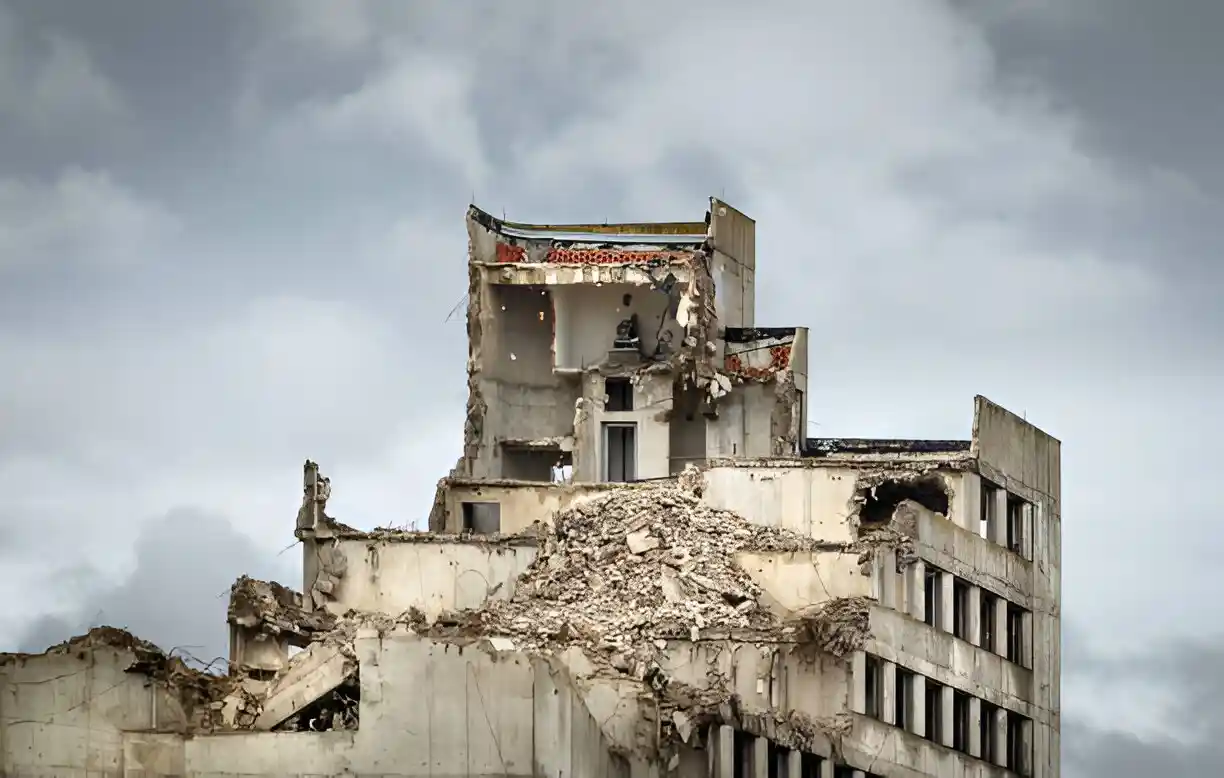
Our Historical & Architectural Demolition Process
At Carolina Demo and Removal, we follow a careful step-by-step process for every historical demolition project. Our approach combines old-world care with modern eco-friendly methods.
Initial Site Assessment and Documentation
Our team of preservation specialists starts by taking pictures and notes of every important detail. We then work with architectural historians to record the building’s special features and history.
Documentation includes:
- Detailed photographs
- Building measurements
- Historical feature mapping
- Structural condition reports
- Environmental assessments
Preservation Planning
Heritage conservation experts create a detailed plan to protect important building elements. We identify which parts need saving and which can be safely removed.
Key planning elements:
- Historical element identification
- Protection strategies
- Salvage opportunities
- Environmental safeguards
- Safety protocols
Professional Consultation and Planning
We bring together building owners, local historical societies, and structural engineers to make smart decisions. Every voice matters in planning how to preserve our community’s history.
Our consultation process includes:
- Owner preference review
- Historical significance evaluation
- Modern use requirements
- Budget considerations
- Timeline planning
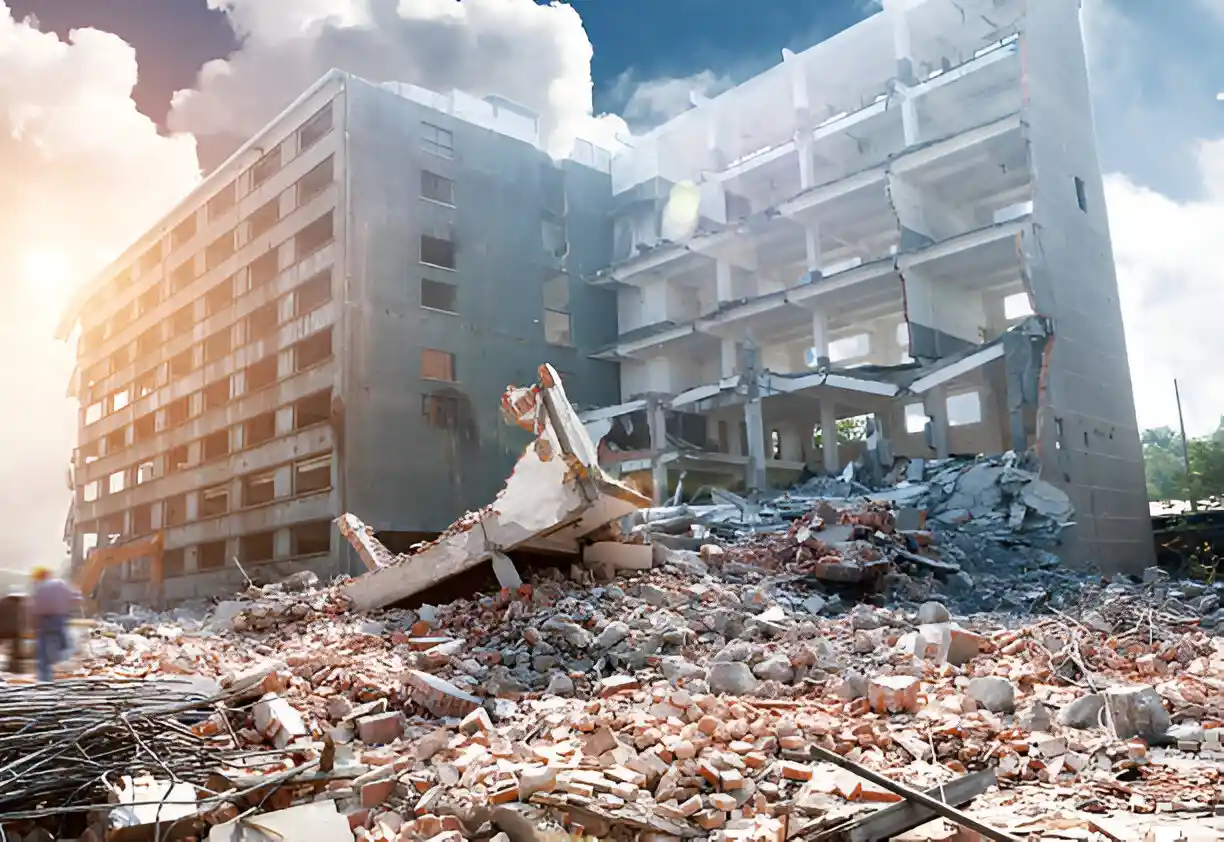
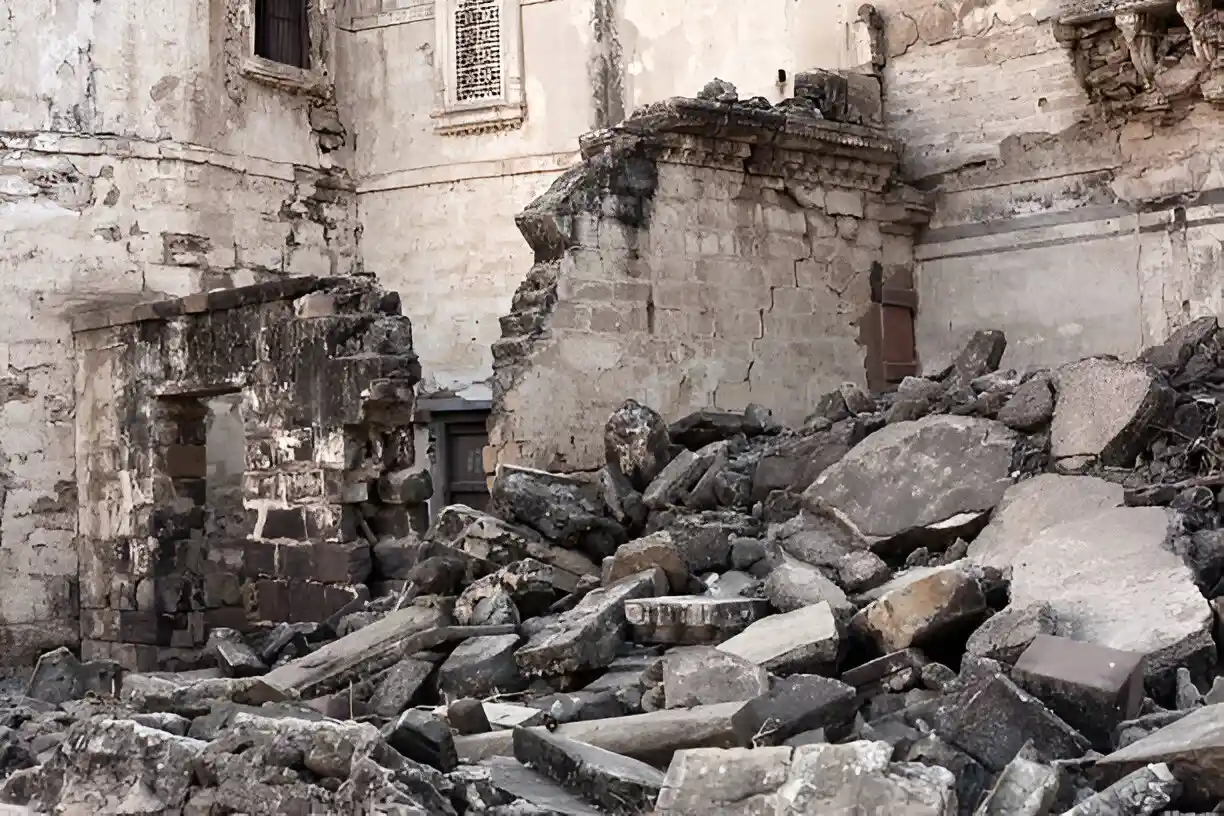
Salvage Identification
Our preservation feasibility consultants carefully mark items worth saving. These might include beautiful old doors, special windows, or decorative pieces that tell the building’s story.
Common salvage items:
- Period woodwork
- Vintage fixtures
- Historical hardware
- Architectural details
- Original materials
Step-by-Step Demolition Procedure
Our environmental consultants guide the careful removal process, ensuring we follow green practices. Every step is planned to protect both history and nature.
Our demolition steps:
- Safety setup and site preparation
- Utility disconnection
- Valuable item removal
- Careful structural dismantling
- Material sorting and recycling
Cultural heritage organizations often visit during the process to ensure we’re following preservation guidelines. This partnership helps protect North Carolina’s architectural heritage.
Safety measures during demolition:
- Dust control systems
- Noise reduction
- Traffic management
- Neighbor protection
- Environmental monitoring
Our documentation teams track progress at every stage, helping to create a clear record of what was preserved and how it was handled.
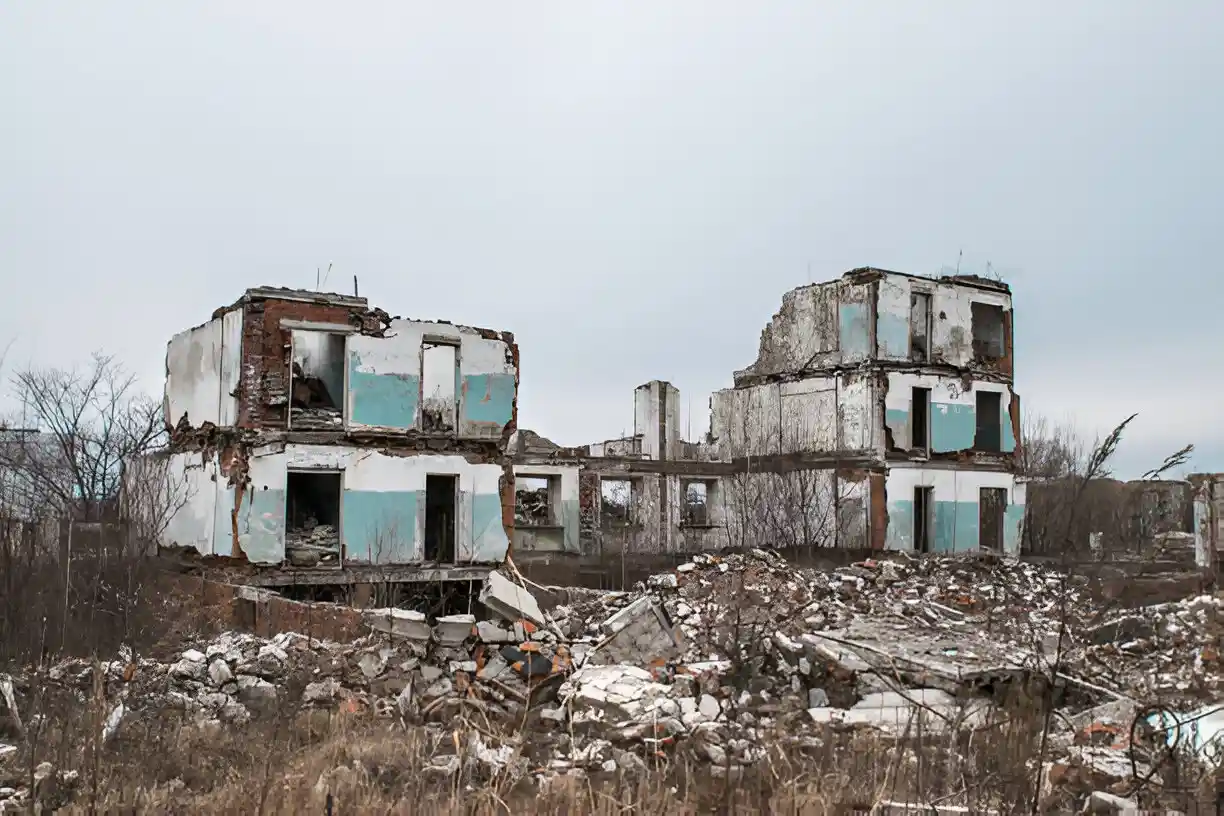
Typical Timeline for Historical & Architectural Demolition
Understanding the timeline helps building owners plan their historical demolition projects better. Here’s how we break down each phase of your heritage building project in North Carolina.
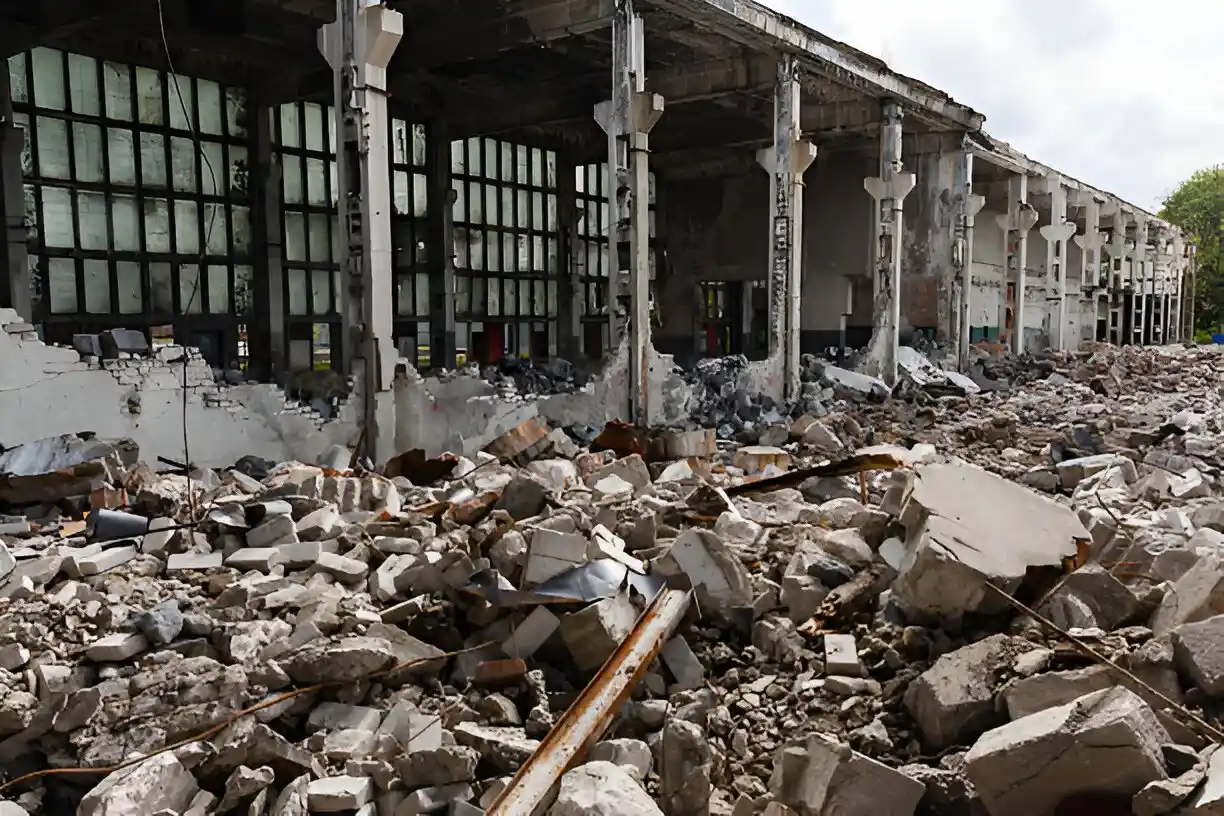
Planning Phase (2-4 weeks)
Our preservation specialists and architectural historians spend time studying your building’s history and structure. This careful planning helps us preserve important pieces of history while preparing for safe demolition.
Planning activities include:
- Building assessment
- Historical research
- Documentation gathering
- Team coordination
- Budget planning
Permit Acquisition (3-6 weeks)
Working with local government authorities and cultural heritage organizations, we handle all the paperwork. Getting the right permits takes time because historic buildings need special approvals.
Required permits typically include:
- Historical preservation permits
- Local demolition permits
- Environmental clearances
- Waste management permits
- Safety certifications
Execution Schedule (4-8 weeks)
Our structural engineers and demolition teams work carefully to protect historical elements. The timeline varies depending on the size of the building and what needs to be saved.
Daily activities include:
- Safety setup
- Selective demolition
- Material sorting
- Historical element protection
- Progress documentation
Salvage Operations (2-3 weeks)
Heritage conservation experts guide our teams in carefully removing valuable items. We take extra time to protect and properly store historical materials.
Salvage priorities:
- Architectural details
- Period fixtures
- Original woodwork
- Decorative elements
- Historical materials
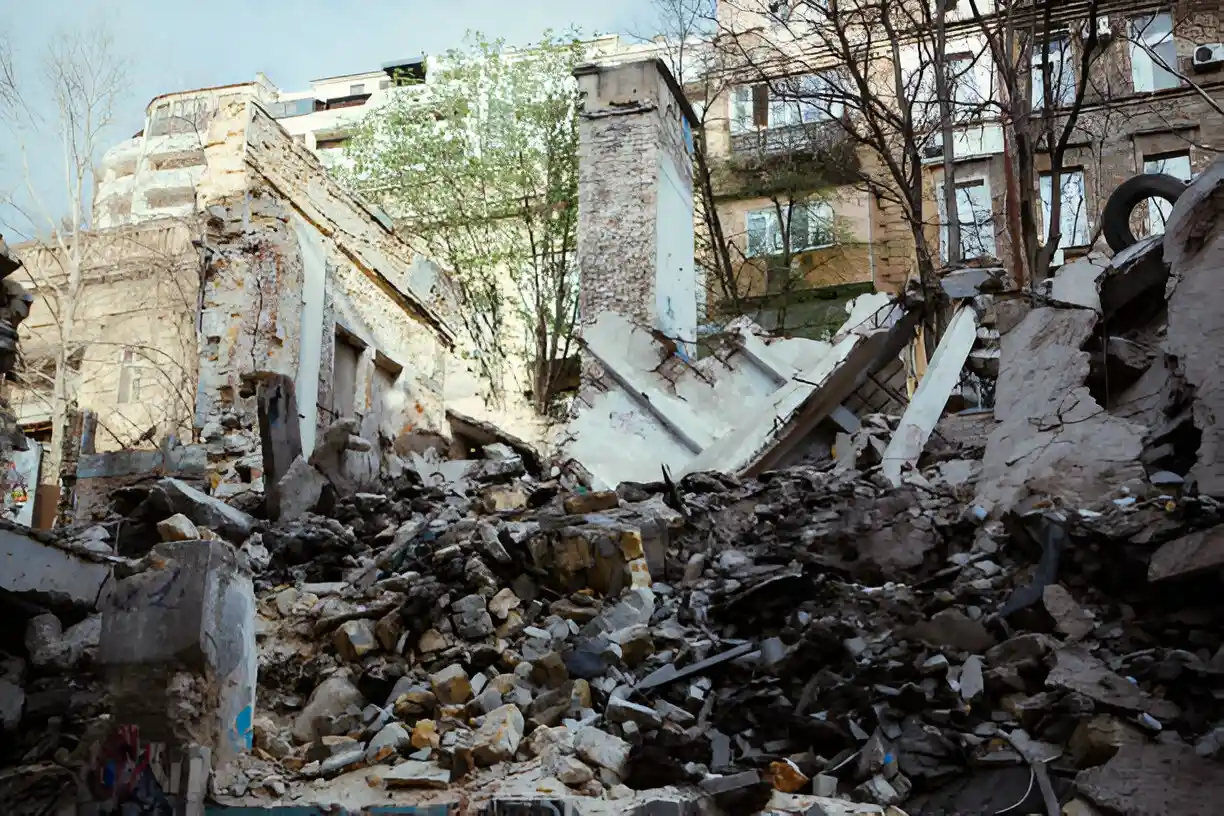
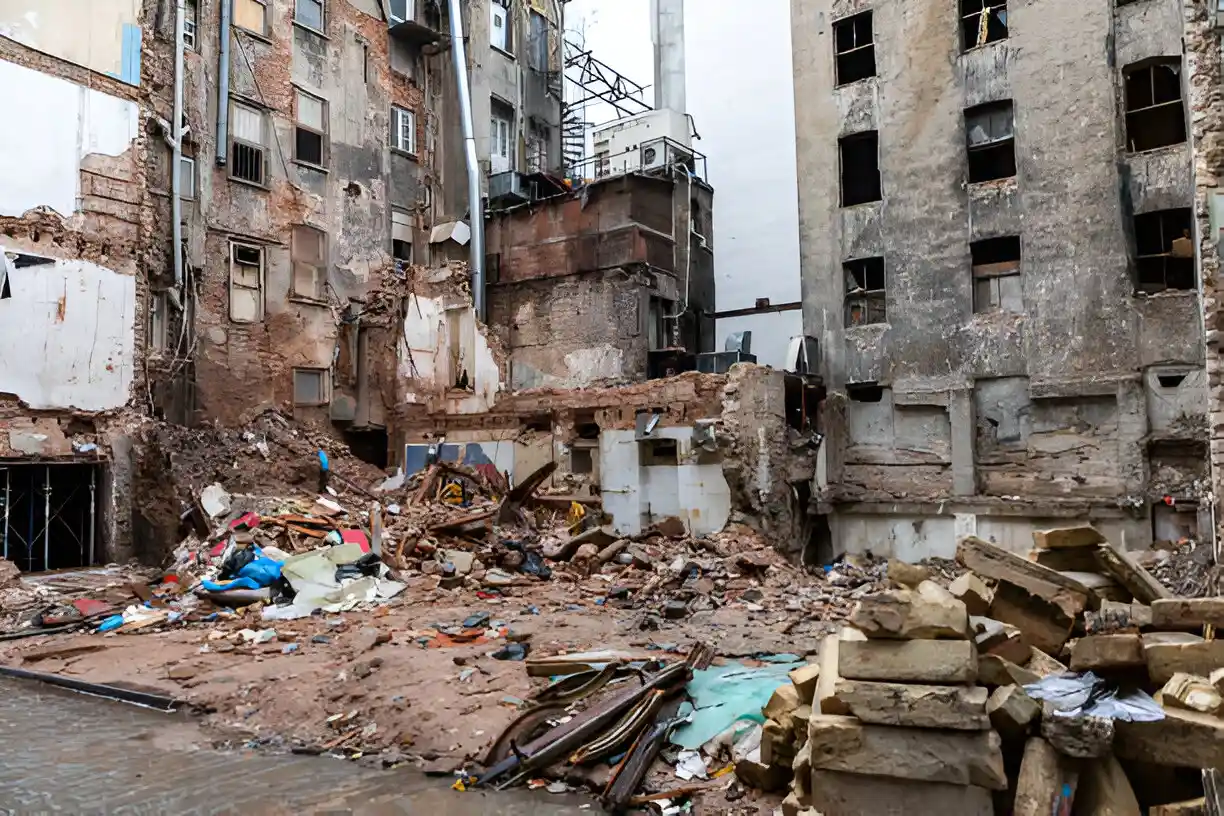
Clean-up and Site Restoration (1-2 weeks)
Our environmental consultants ensure that we leave your site clean and ready for its next chapter. We sort materials for recycling and proper disposal.
Final phase activities:
- Debris removal
- Material recycling
- Site grading
- Final inspections
- Documentation completion
Timeline factors that might affect your project:
- Building size and condition
- Weather conditions
- Permit processing time
- Special preservation needs
- Material salvage requirements
Local historical societies often monitor our progress to ensure we maintain preservation standards. This partnership helps protect North Carolina’s architectural heritage.
Factors Influencing Historical & Architectural Demolition Costs
Understanding the costs of historical demolition helps building owners make smart choices. Let’s examine what affects the price of your heritage building project in North Carolina.
Building Size and Complexity
Bigger buildings require more time and workers to handle carefully. Our preservation specialists look at the size and special features of your building to determine costs.
Size-related factors include:
- Square footage
- Number of floors
- Building height
- Access points
- Special architectural features
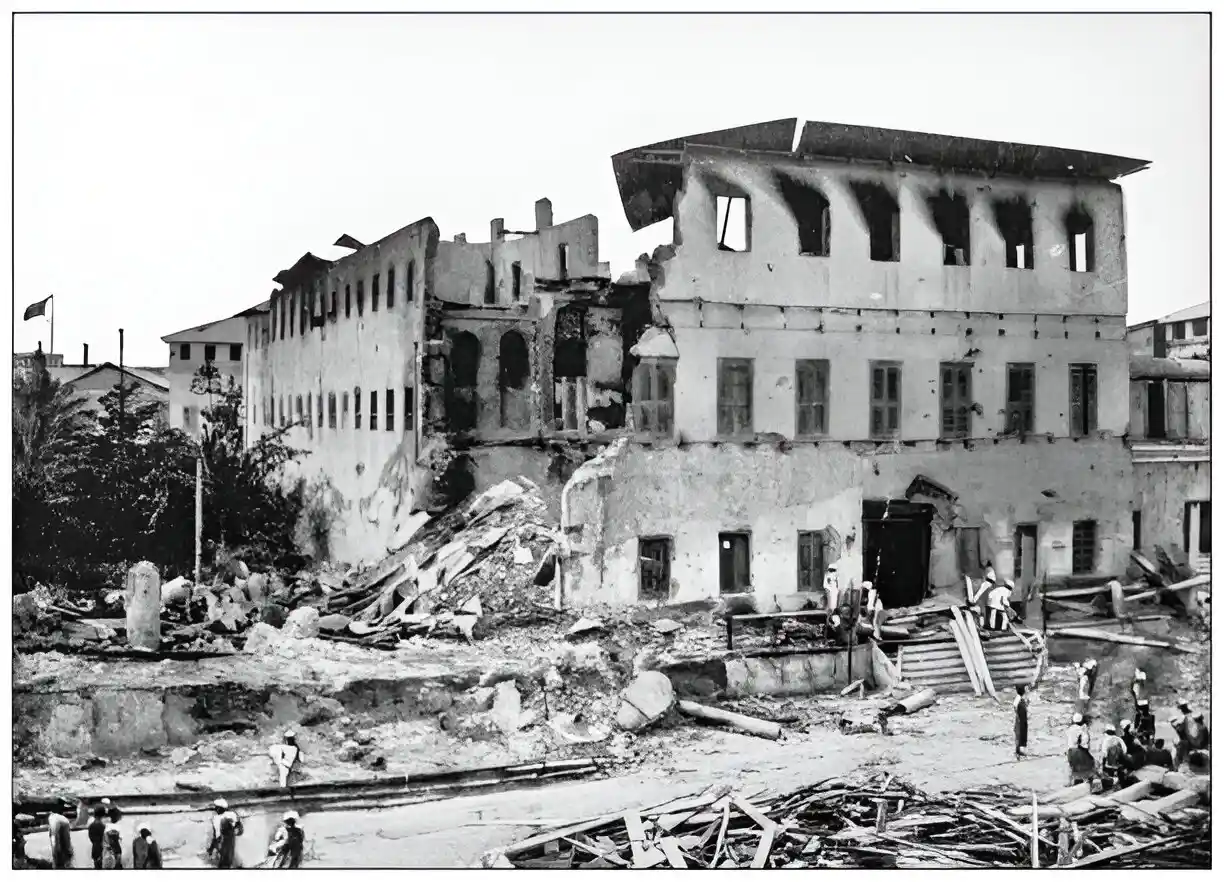
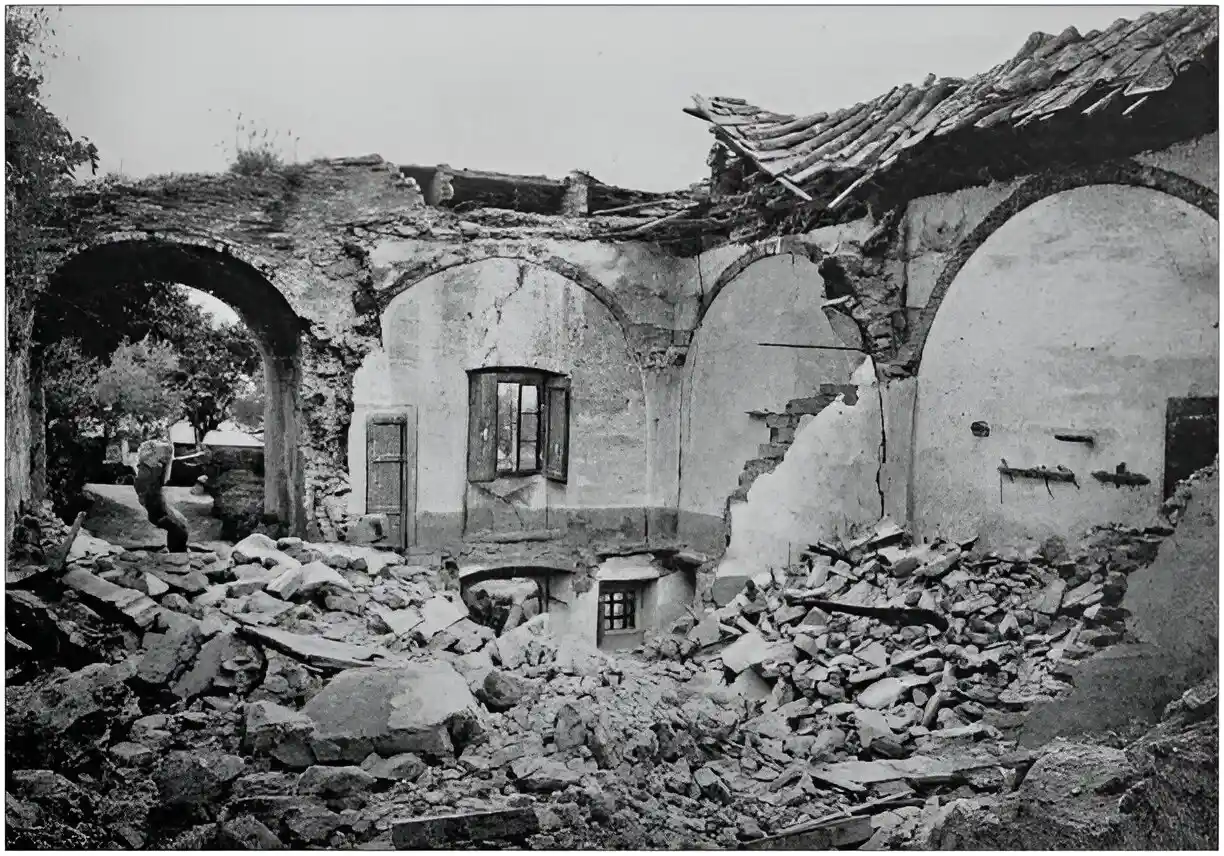
Material Salvage Value
Good news – some old materials can help offset your costs! Our heritage conservation experts identify valuable items that can be saved and sold.
Common valuable materials:
- Old-growth timber
- Vintage fixtures
- Period hardware
- Decorative elements
- Historical bricks
Preservation Requirements
Cultural heritage organizations and local laws may require the preservation of certain building parts. These special requirements can affect the overall project cost.
Preservation costs include:
- Special equipment needs
- Extra labor time
- Careful removal methods
- Storage of saved items
- Documentation expenses
Permit Costs
Working with local government authorities means getting proper permits. Different historical buildings need different licenses, which affects total costs.
Required permits may include:
- Historical preservation permits
- Demolition permits
- Environmental permits
- Waste disposal permits
- Special use permits
Labor and Equipment Expenses
Our skilled teams and special tools help protect historical value. Structural engineers and architectural historians work together to plan the safest, most cost-effective approach.
Labor considerations:
- Skilled worker time
- Expert consultation
- Safety supervision
- Documentation Staff
- Salvage specialists
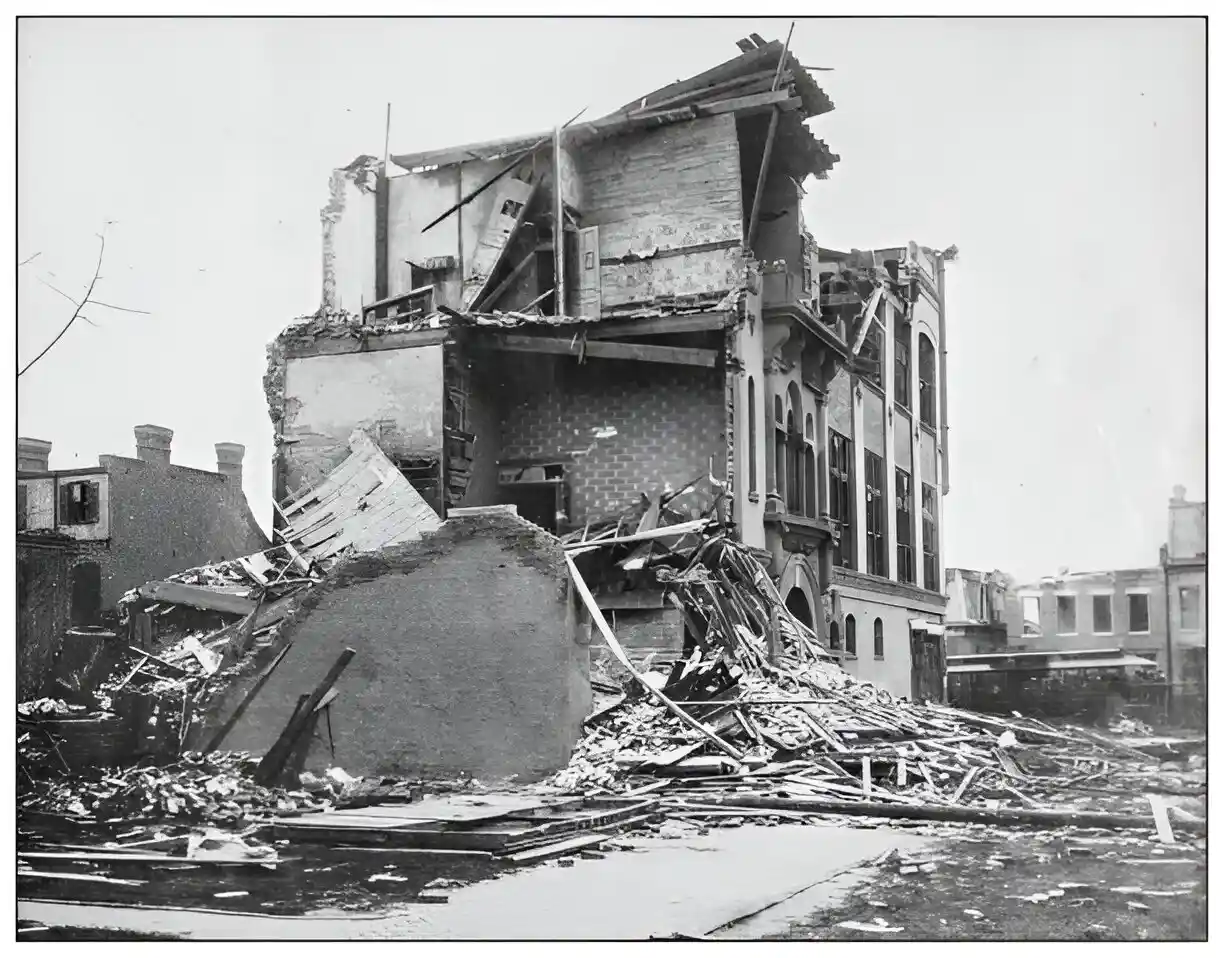
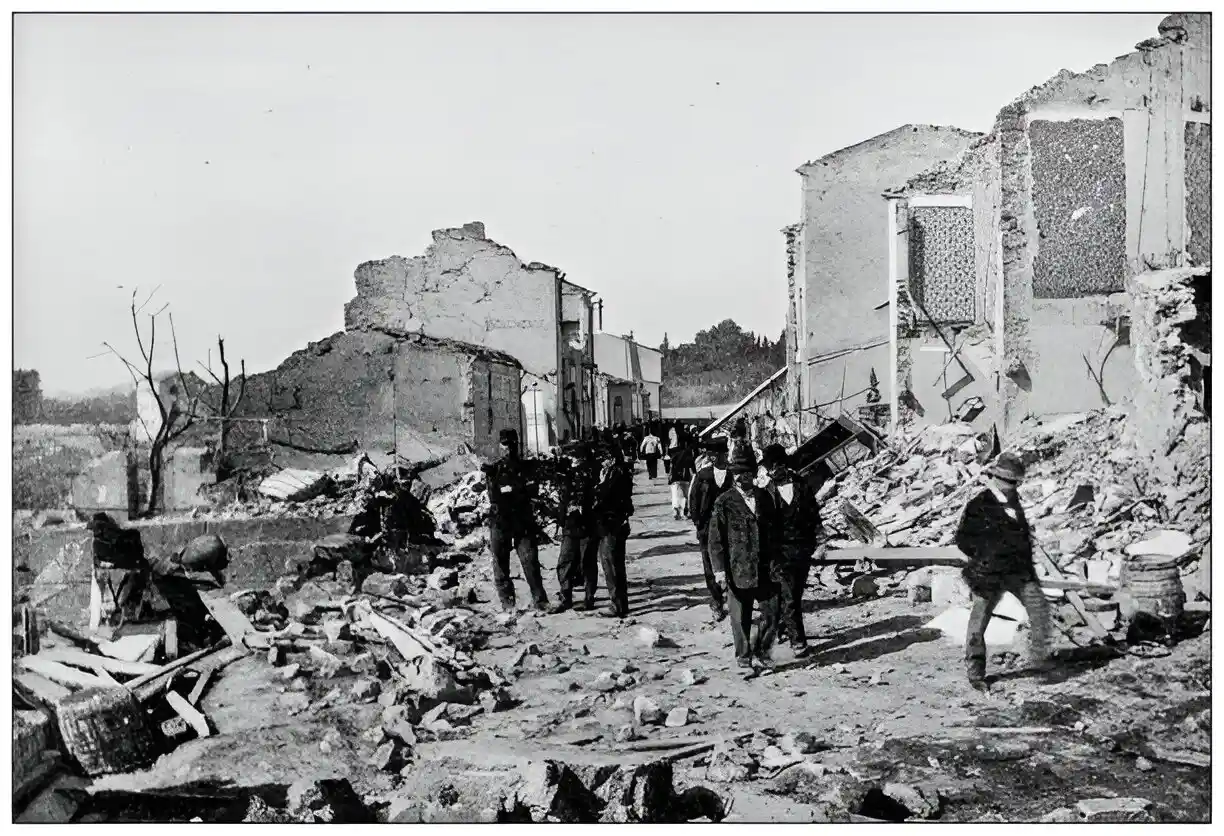
Cost-Saving Opportunities
- Material recycling credits
- Salvage value returns
- Energy-efficient methods
- Waste reduction
- Green disposal practices
Our environmental consultants help find ways to save money through eco-friendly practices. Green demolition often means lower disposal costs and possible tax benefits.
Working with local historical societies can sometimes help identify grants or special funding. We help you explore all options to manage project costs effectively.
Money-saving tips:
- Early planning
- Proper documentation
- Material recycling
- Grant applications
- Tax incentive research
Remember, investing in professional historical demolition saves money in the long run. Our preservation feasibility consultants will provide a clear cost breakdown for your specific project.
Equipment Used for Historical & Architectural Demolition
Our preservation specialists use special tools to protect valuable pieces of history during demolition. Each tool is important in keeping historical elements safe while removing unwanted parts.
Specialized Hand Tools
Working with architectural historians, we choose the right tools for delicate work. These tools help us carefully remove important pieces without causing damage.
Hand tools we use include:
- Specialized pry bars
- Historic brick hammers
- Detail chisels
- Salvage scrapers
- Period-appropriate tools
Small Mechanical Equipment
Our teams use smaller machines for precise control in historical demolition. These tools help protect surrounding structures while getting the job done.
Common mechanical tools:
- Mini excavators
- Portable saws
- Power drills
- Air compressors
- Small jackhammers
Precision Cutting Tools
Heritage conservation experts guide our use of cutting tools to protect valuable materials. These tools help us separate historical elements with clean, accurate cuts.
Cutting equipment includes:
- Diamond wire saws
- Wall-cutting machines
- Core drills
- Concrete chain saws
- Specialty blade cutters
Lifting and Hauling Equipment
Structural engineers help plan how to move heavy materials safely. Our lifting equipment protects both workers and historical items.
Lifting tools we use:
- Mini cranes
- Material lifts
- Pulley systems
- Hydraulic jacks
- Specialized dollies
Safety and Monitoring Devices
Environmental consultants help us pick the right tools to watch for safety issues. These devices keep everyone safe and protect the environment.
Safety equipment includes:
- Dust monitors
- Noise meters
- Vibration sensors
- Air quality testers
- Structural monitors
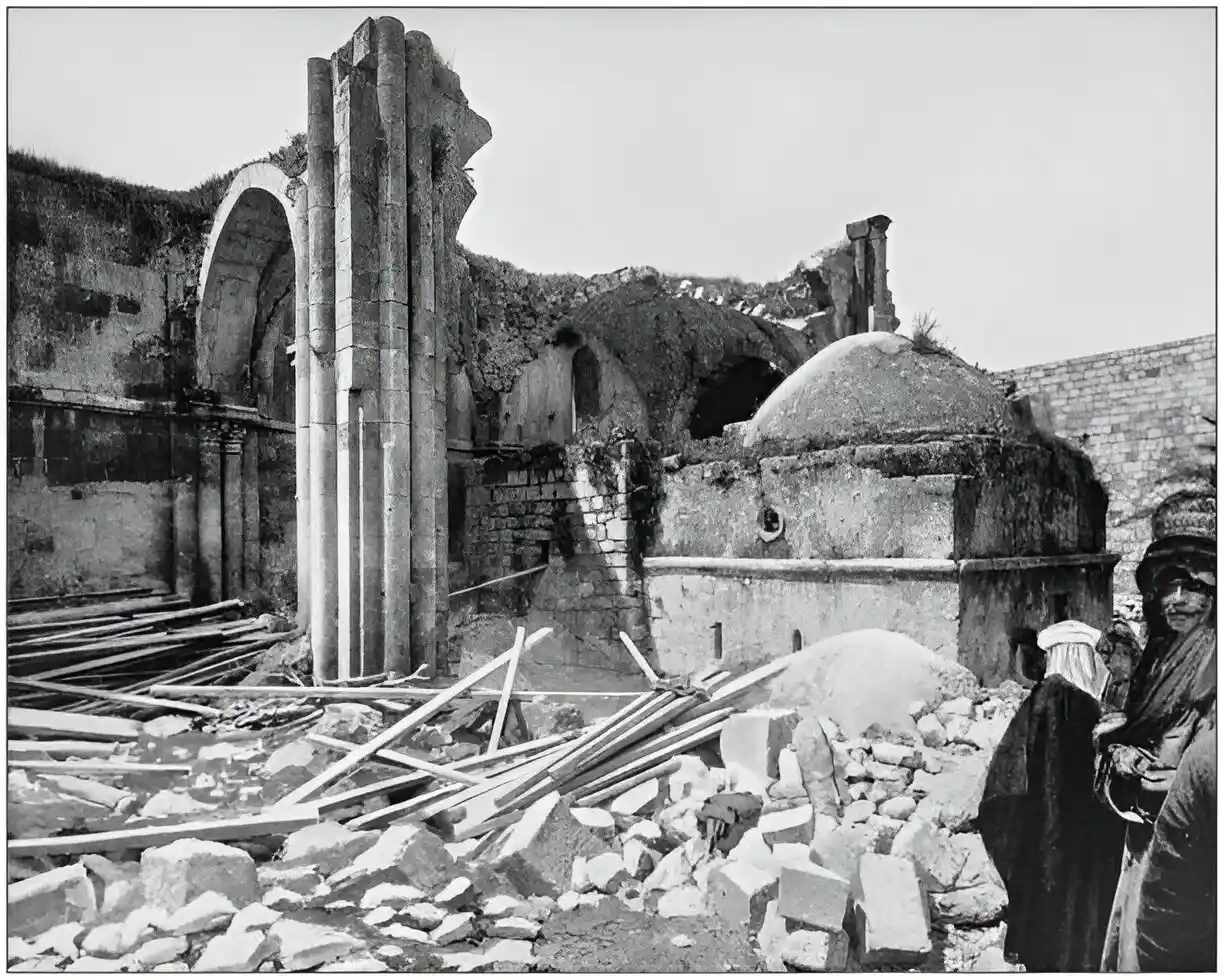
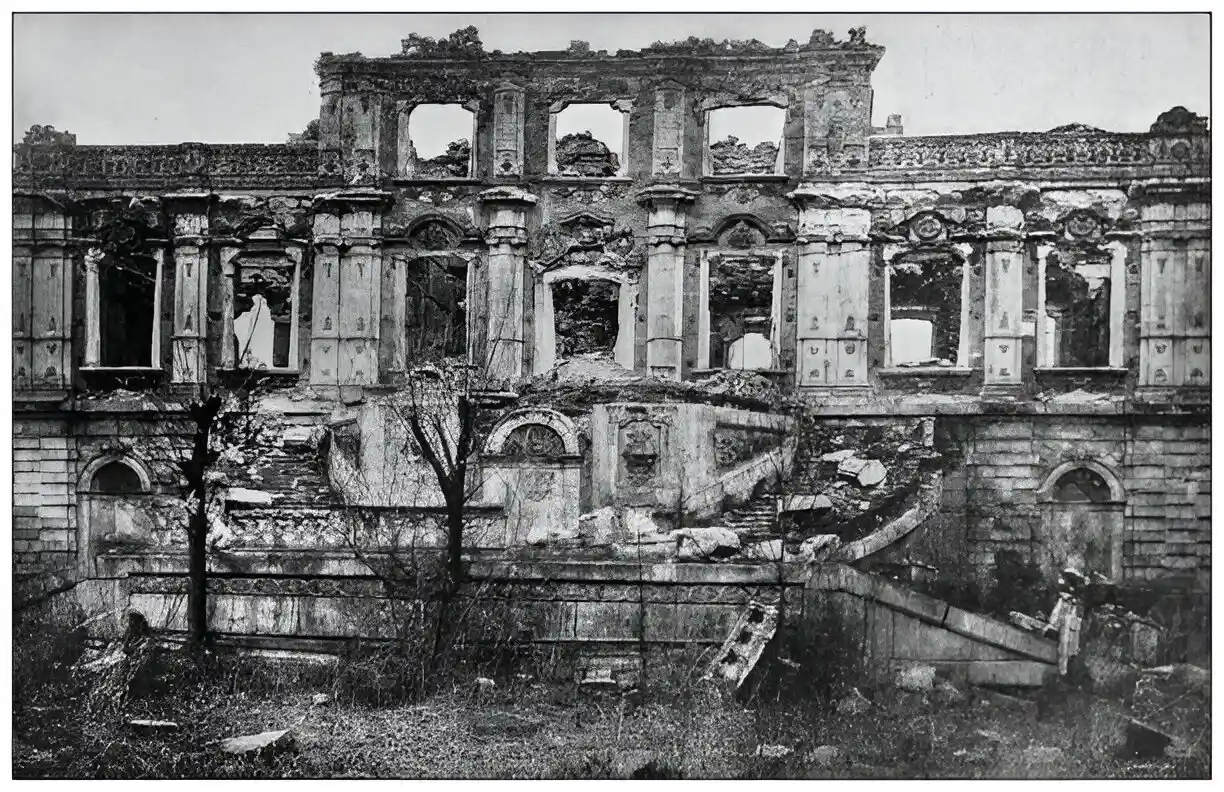
Safety Measures During Historical & Architectural Demolition
Safety comes first in every historical demolition project we handle in North Carolina. Our preservation specialists work with safety experts to protect everyone involved, including our workers, visitors, and nearby residents.
Risk Assessment Protocols
Before any work begins, our structural engineers check every part of the building carefully. We look for hidden dangers and make plans to handle them safely.
Daily safety checks include:
- Building stability tests
- Weather condition reviews
- Equipment inspections
- Access point safety
- Hazard identification
Personal Protective Equipment
Every team member wears the right safety gear for their job, and our heritage conservation experts ensure everyone stays protected while handling historical materials.
Required safety gear includes:
- Hard hats
- Safety glasses
- Work gloves
- Steel-toe boots
- Dust masks
Environmental Protection Measures
Our environmental consultants help us keep the air, water, and soil clean. We use special equipment to catch dust and prevent pollution.
Environmental safeguards:
- Dust control systems
- Water protection barriers
- Noise reduction equipment
- Waste sorting stations
- Air quality monitors
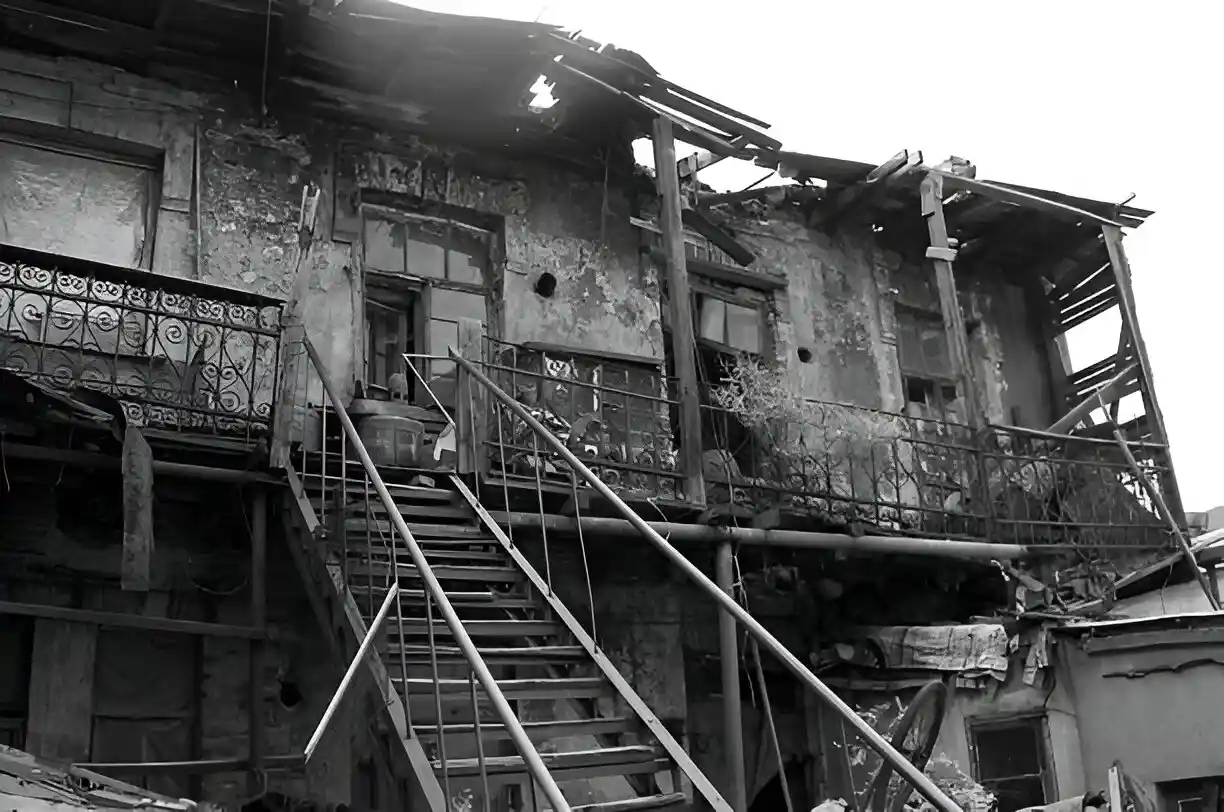
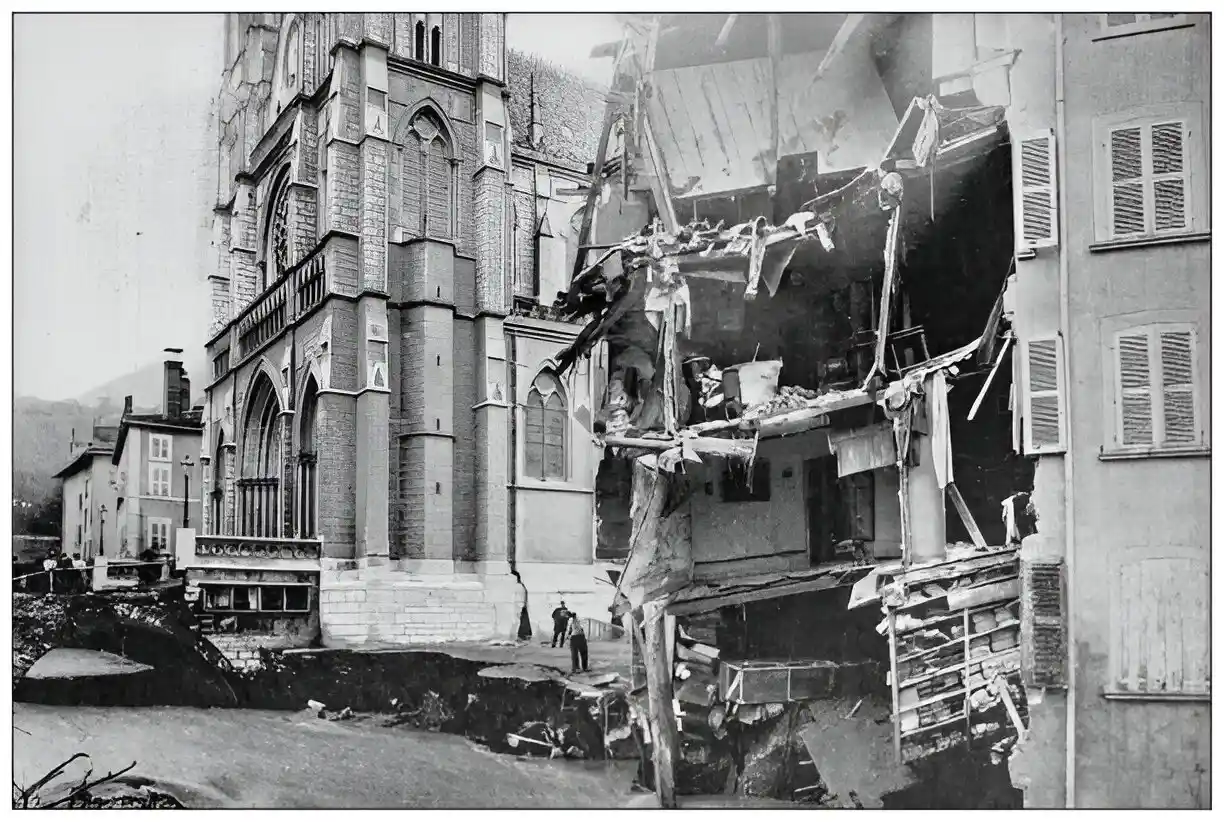
Structural Stability Monitoring
Building owners receive regular updates about their property’s safety. We use special tools to watch for any movement or weakness in the structure.
Monitoring equipment includes:
- Movement sensors
- Crack monitors
- Level indicators
- Vibration detectors
- Support systems
Emergency Response Plans
Working with local government authorities, we prepare for any possible problems. Every worker knows exactly what to do if something unexpected happens.
Emergency preparations include:
- Quick exit routes
- First aid stations
- Emergency contacts
- Medical supplies
- Safety meeting points
The Importance of Waste Disposal Plans
Smart waste management makes historical demolition projects better for our environment. Our environmental consultants create special plans to handle materials from every North Carolina project with care.
Sorting and Segregation Procedures
Our teams separate different materials like solving a giant puzzle. Heritage conservation experts help identify which pieces can be saved, recycled, or need special handling.
Material sorting categories:
- Historical artefacts
- Recyclable materials
- Reusable items
- Regular waste
Recycling Opportunities
Working with local historical societies, we find new homes for old materials. Many parts of historic buildings can be used again in new projects.
Commonly recycled items:
- Old timber
- Vintage bricks
- Metal fixtures
- Stone elements
- Decorative pieces
Hazardous Material Handling
Our waste management experts handle all permits and paperwork. We keep your project legal and worry-free.
We take care of:
- Local permits
- Disposal records
- Environmental compliance
- Transport licenses
- Insurance documents
- Safety certificates
Documentation Requirements
Building owners receive detailed records of how we handle all materials. This helps show that we follow all rules and are good environmental stewards.
We document:
- Material types
- Quantities removed
- Disposal methods
- Recycling rates
- Environmental impact
Environmental Compliance
Our structural engineers work with environmental teams to meet all green guidelines. We go above basic requirements to protect North Carolina’s environment.
Green practices include:
- Water conservation
- Dust control
- Noise reduction
- Clean air measures
- Soil protection
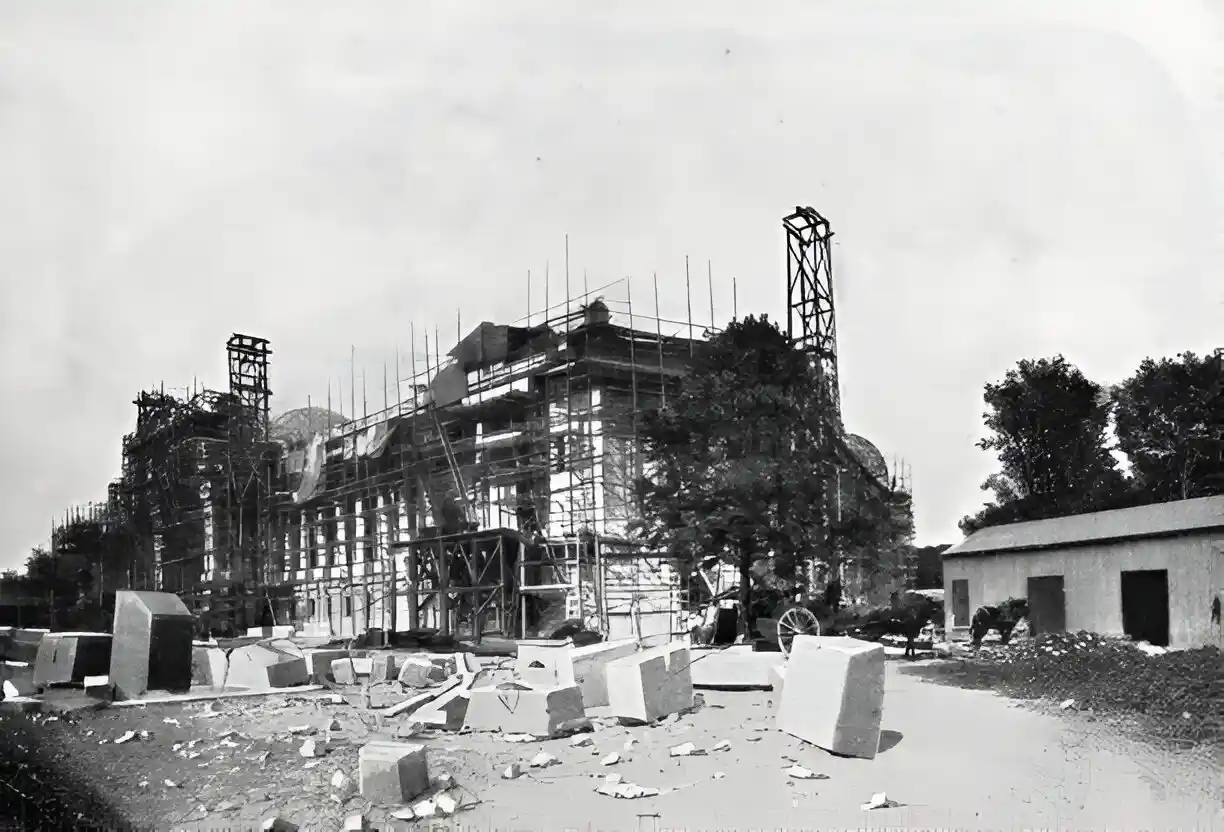
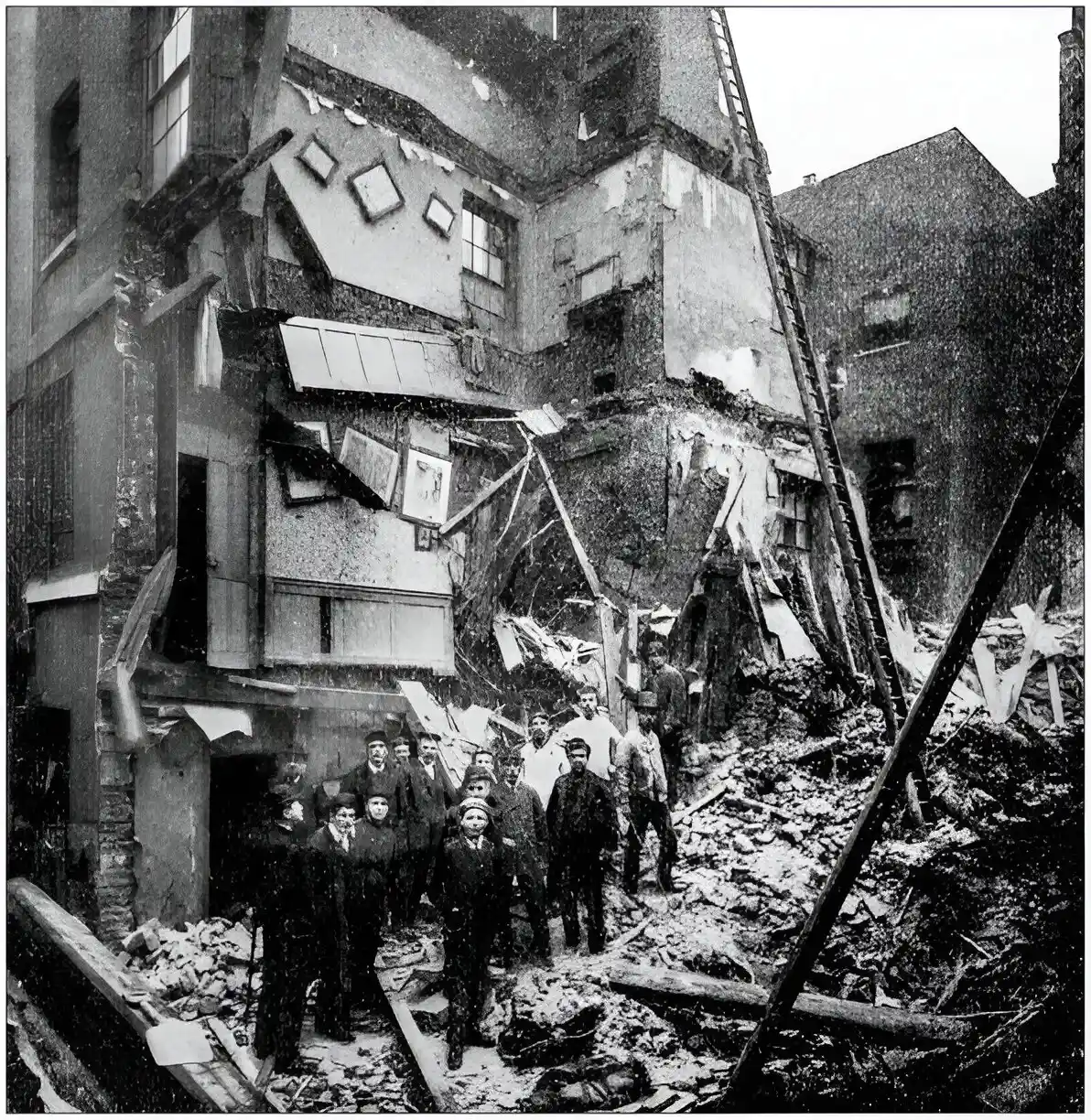
DIY Historical & Architectural Demolition Approaches
While DIY projects can be fun, historical demolition requires special care and knowledge. Our preservation specialists want you to understand why some projects require professional help.
Risks and Challenges
DIY demolition of historic buildings can damage valuable pieces of history. Architectural historians often find hidden treasures that untrained eyes might miss.
Common DIY risks:
- Damaging historical elements
- Missing valuable materials
- Incorrect removal methods
- Structural problems
- Safety hazards
Legal Requirements
North Carolina has strict rules about working on historic buildings. Local government authorities require special permits and approvals before any work begins.
Required paperwork includes:
- Demolition permits
- Historical preservation approval
- Environmental clearances
- Safety certificates
- Waste disposal permits
Equipment Limitations
Regular tools aren’t enough for proper historical demolition. Heritage conservation experts use specialized equipment that most people can’t access.
Professional equipment needed:
- Precision cutting tools
- Lifting machinery
- Safety monitoring devices
- Specialized hand tools
- Environmental protection gear
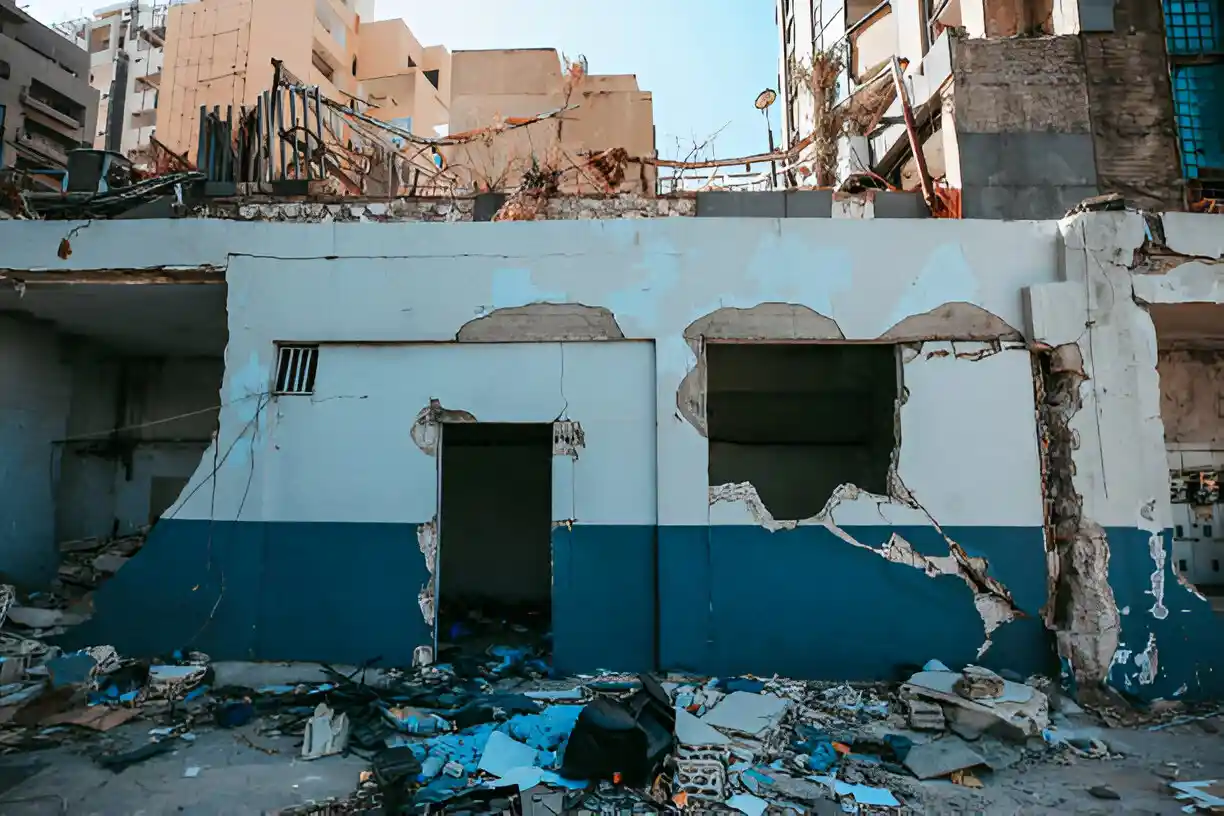
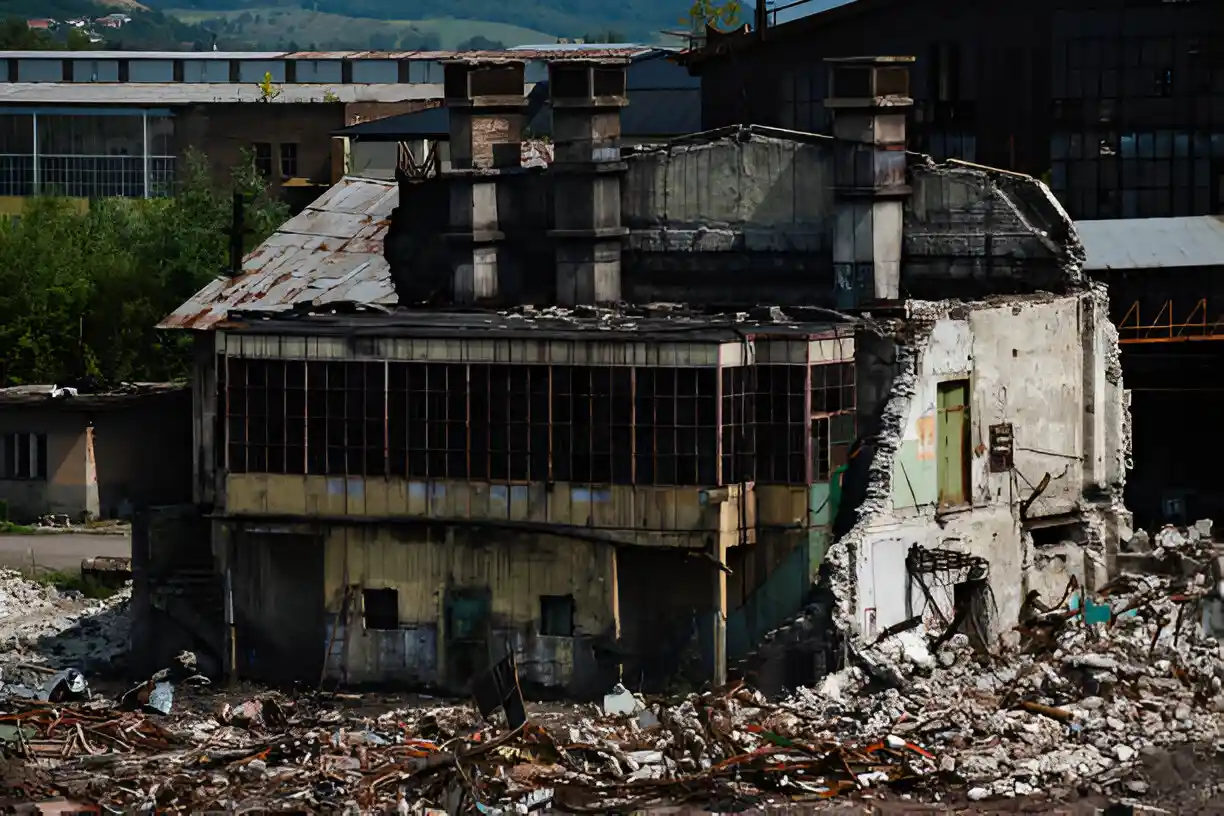
Safety Concerns
DIY work can put you and your property at risk. Our structural engineers know how to spot hidden dangers in old buildings.
Safety issues include:
- Hidden structural problems
- Hazardous materials
- Falling hazards
- Air quality risks
- Injury potential
Cost Implications
DIY might seem cheaper at first, but mistakes can be expensive. Working with professionals often saves money in the long run.
Hidden DIY costs:
- Equipment rental
- Material Disposal
- Permit fees
- Repair costs
- Insurance increases
When to Hire Professionals
Hiring professionals is essential when tasks require specialized skills, advanced equipment, or expertise that ensures efficiency, safety, and high-quality results. It saves time, reduces risks, and delivers professional outcomes that DIY approaches often cannot achieve.
Experience and Expertise Benefits
Our teams bring years of knowledge to every project. Building owners benefit from our specialized training and experience.
Professional expertise includes:
- Material identification
- Preservation techniques
- Safe removal methods
- Problem-solving skills
Safety Considerations
Our environmental consultants help protect everyone involved in the project. Professional teams have proper insurance and safety training.
Professional safety measures:
- Expert risk assessment
- Proper safety equipment
- Emergency plans
- Air quality monitoring
Legal Requirements
Working with local historical societies helps meet all preservation rules. Professional teams handle all permits and paperwork.
Professional advantages:
- Permit handling
- Code Compliance
- Insurance coverage
- Documentation
- Legal protection
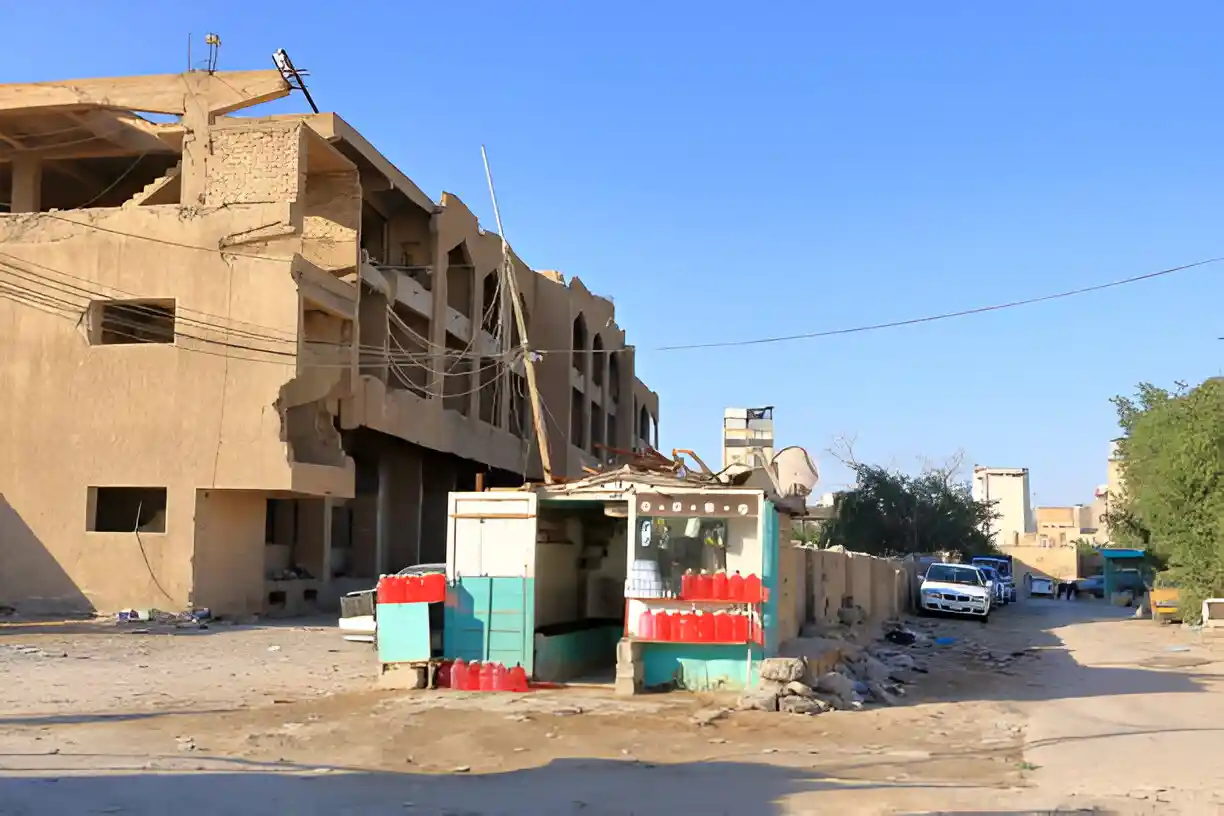
Why Choose Carolina Demo and Removal
Since 2010, we’ve been North Carolina’s trusted name in historical and architectural demolition. Our dedication to preserving history while embracing modern techniques sets us apart.
Specialized Expertise
Our preservation specialists bring deep knowledge to every project. We understand the special care historic buildings need.
What makes us different:
- Deep historical knowledge
- Advanced preservation techniques
- Eco-friendly methods
- Safety-first approach
- Local heritage understanding
Local Experience
Working with local historical societies and building owners across North Carolina has given us valuable insights. We know our community’s architectural heritage inside and out.
Our local advantages:
- Knowledge of regional architecture
- Understanding of local regulations
- Strong community connections
- Quick response times
- Local material recycling partners
Professional Equipment and Tools
Our investment in specialized equipment helps protect valuable historical elements. Heritage conservation experts choose the right tools for each unique project.
Our equipment includes:
- Precision cutting systems
- Safe lifting devices
- Environmental monitors
- Specialized hand tools
- Modern safety gear
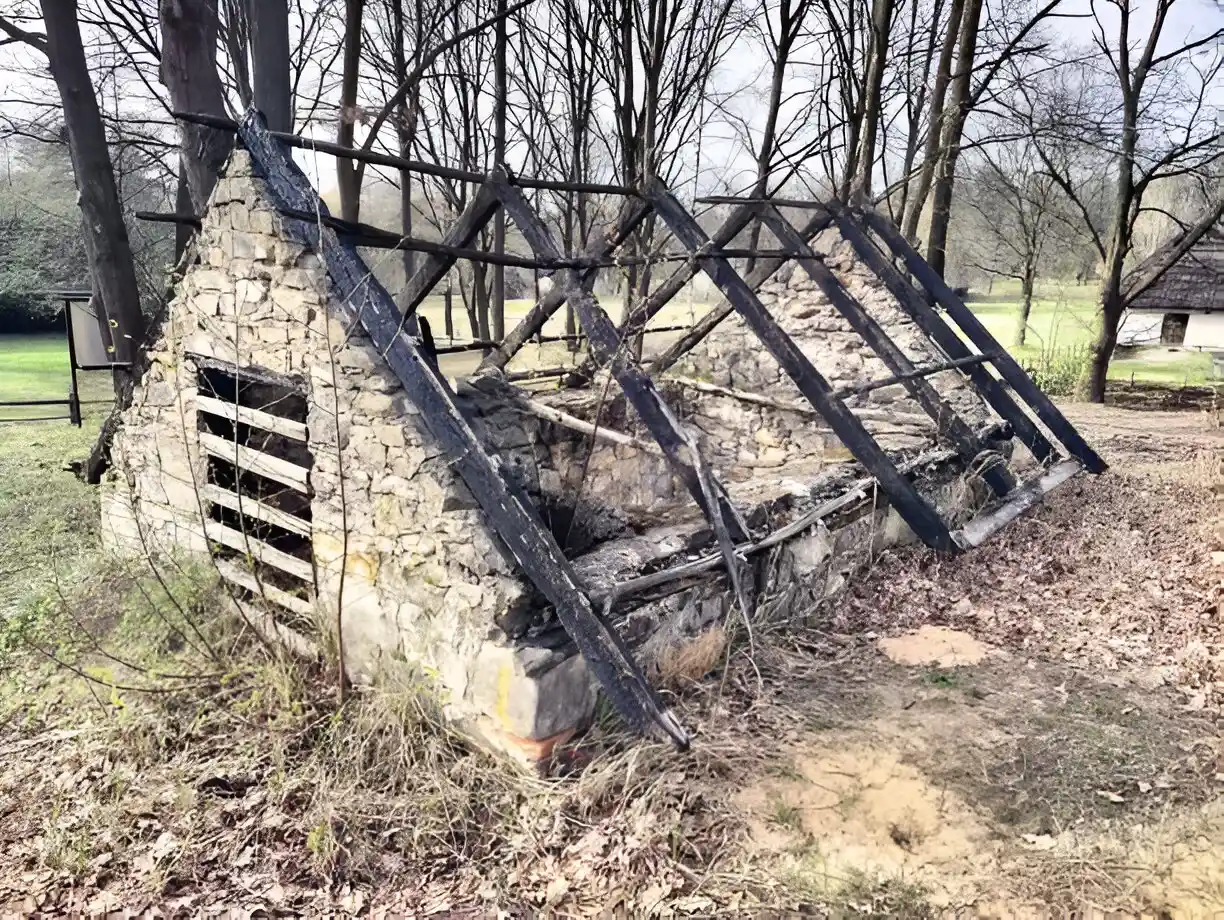
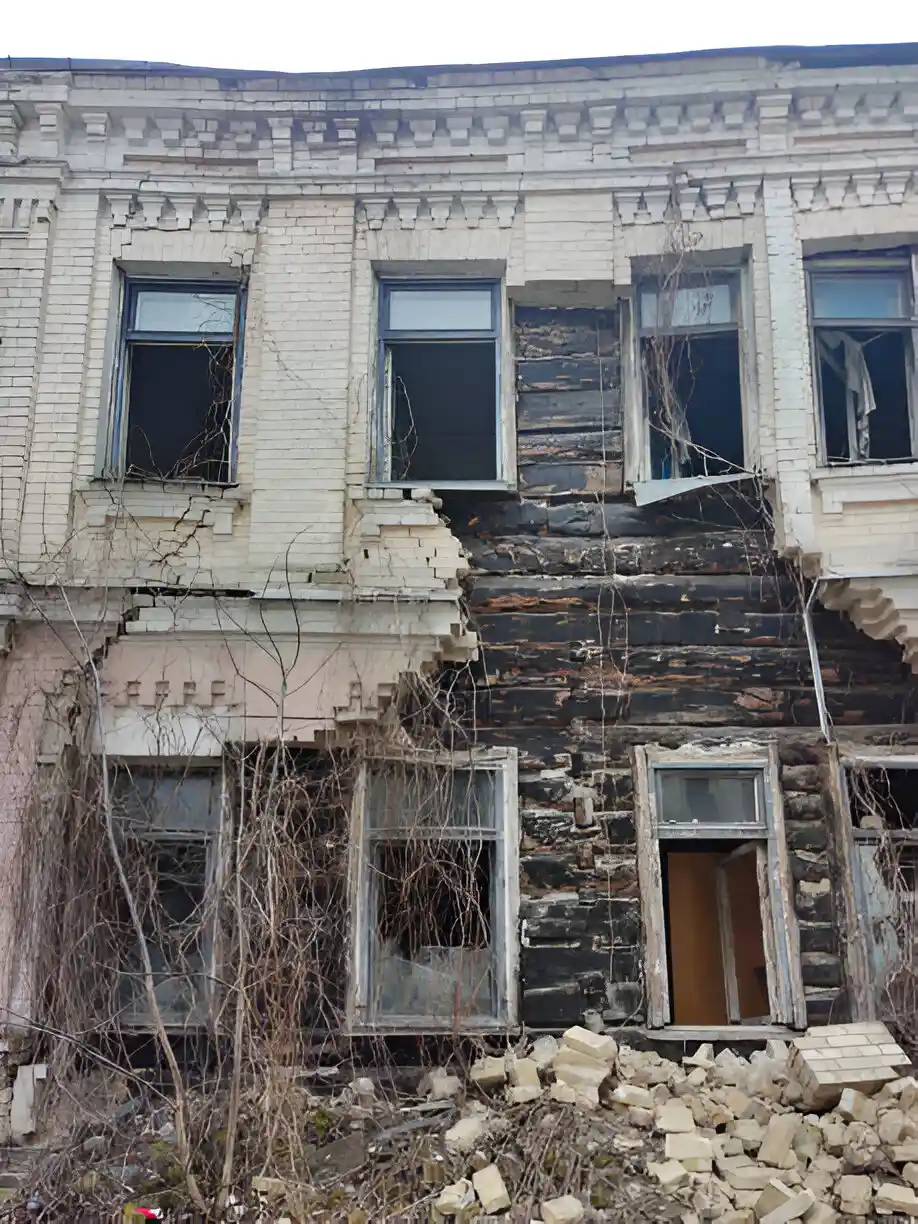
Proven Track Record
Our success stories speak for themselves. Building owners and cultural heritage organizations trust us with their most precious historical properties.
Project highlights:
- Successful preservation projects
- Happy client testimonials
- Perfect safety record
- Environmental awards
- Community recognition
Comprehensive Service Offering
We handle everything from start to finish. Our structural engineers and environmental consultants work together to make your project smooth and worry-free.
Our services include:
- Initial assessments
- Preservation planning
- Careful demolition
- Material salvage
- Site restoration
As recommended by the American Institute of Architects, specialized equipment is crucial for historical preservation work.
Preparing for Historical & Architectural Demolition
Good preparation makes historical demolition projects run smoothly. Our preservation specialists create detailed plans to protect valuable pieces of North Carolina’s history.
Site Documentation
Our documentation teams capture every detail of your historic building. This helps us save important features and plan the work carefully.
Documentation includes:
- Detailed photographs
- Building measurements
- Historical features
- Structural conditions
- Environmental factors
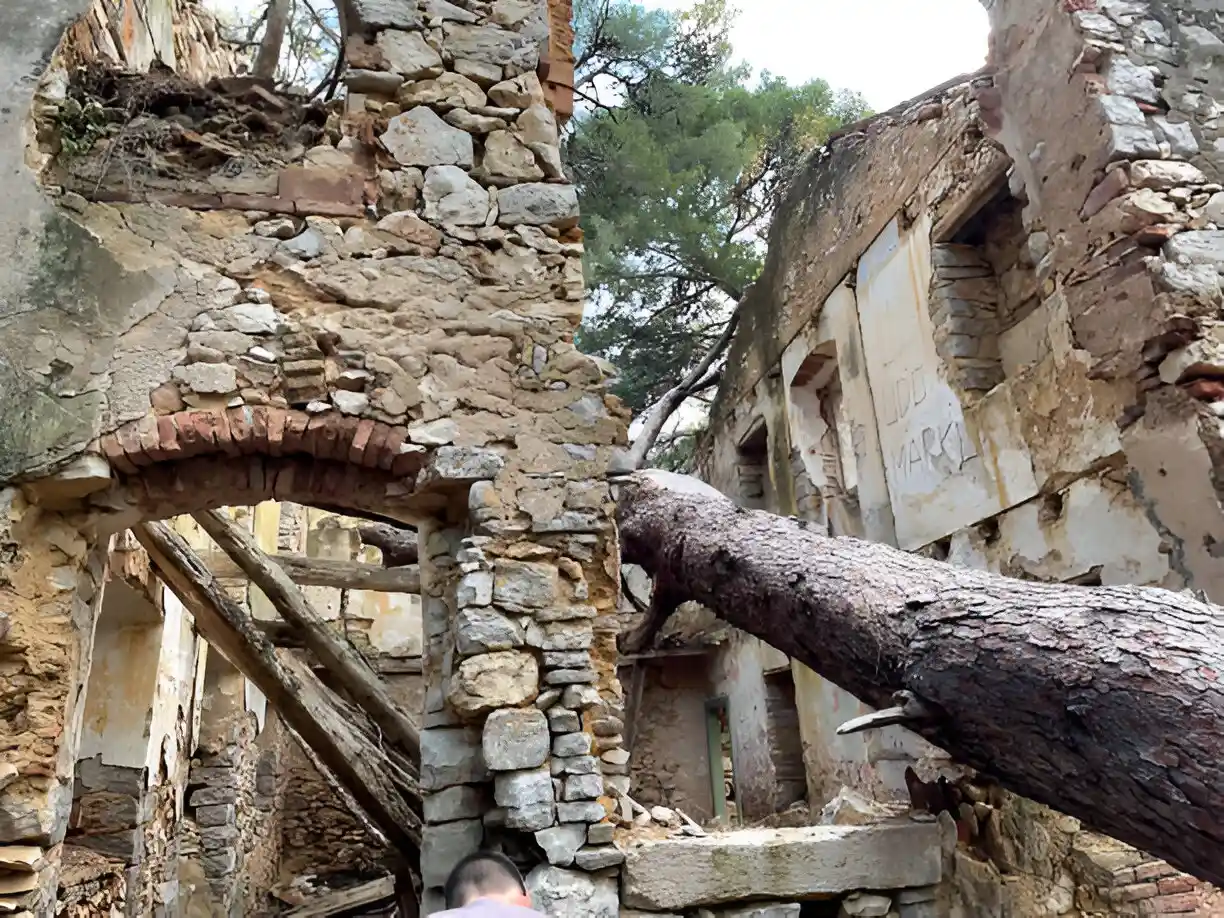
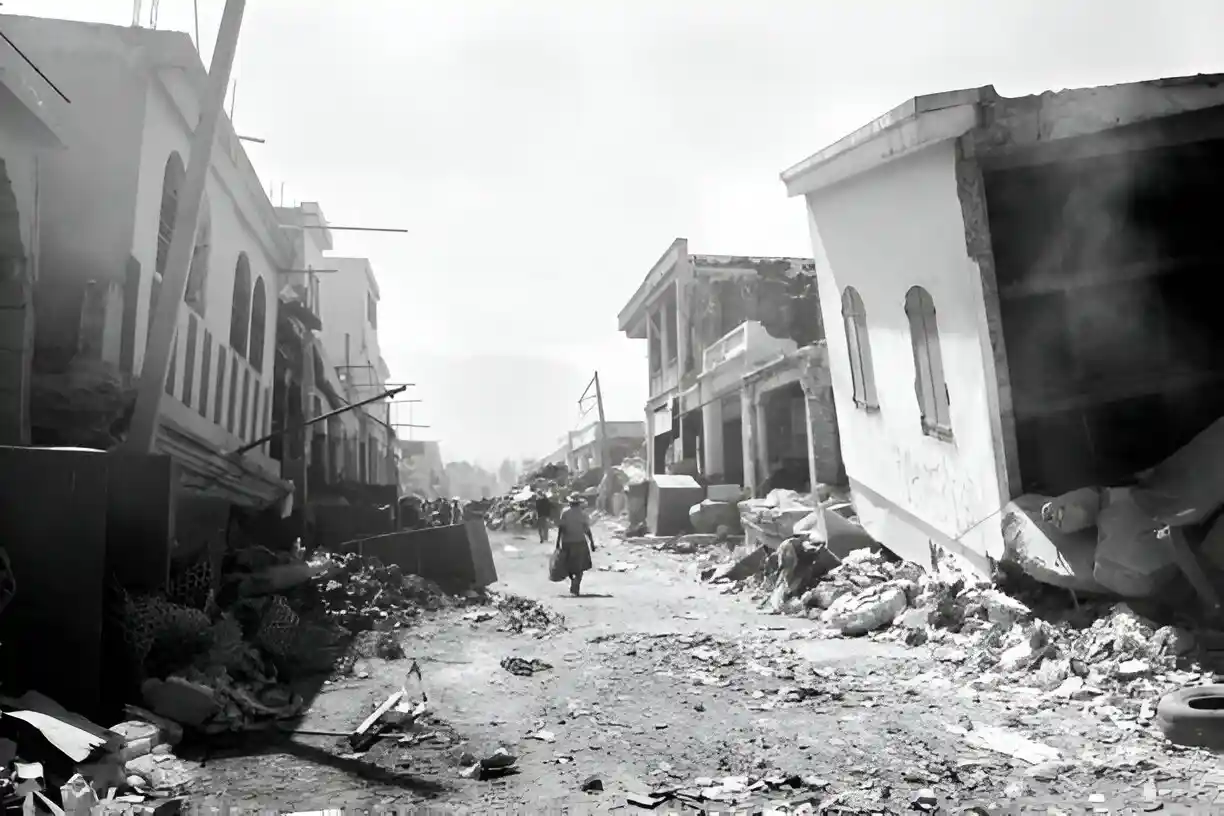
Utility Disconnection
Safety comes first in every project. Our structural engineers work with local utilities to shut off all services properly.
Disconnection checklist:
- Electricity
- Water
- Gas
- Phone lines
- Cable services
Preservation Planning
Working with heritage conservation experts, we identify what needs saving. Every historical building holds special pieces worth keeping.
Planning steps include:
- Historical assessment
- Material evaluation
- Salvage identification
- Protection methods
- Storage solutions
Neighbor Notification
Being good neighbors matters to us. We work with local government authorities to keep everyone informed about the project.
Communication includes:
- Project Timeline
- Work hours
- Noise levels
- Dust control
- Traffic changes
Insurance and Permits
Building owners can rest easy knowing we handle all the paperwork. Our team gets every needed permit and insurance coverage.
Required documents:
- Demolition permits
- Historical approvals
- Insurance certificates
- Environmental permits
- Safety compliance forms
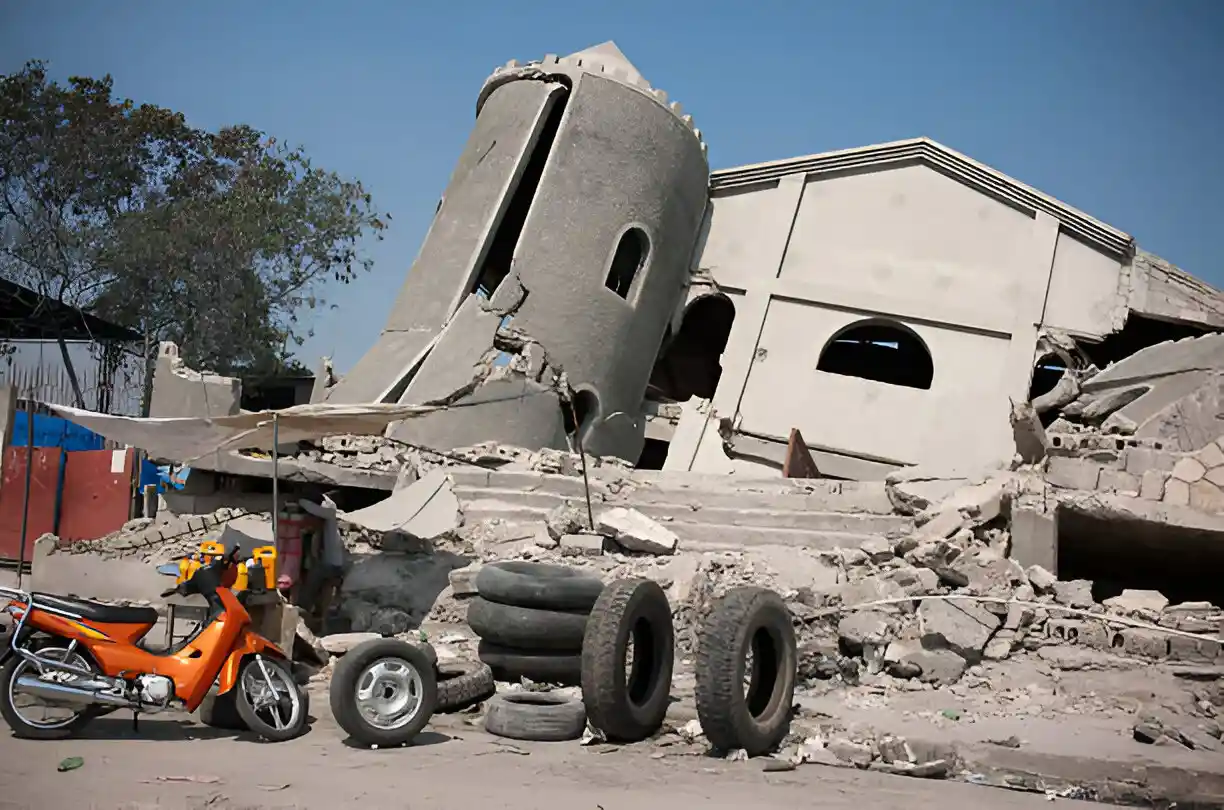
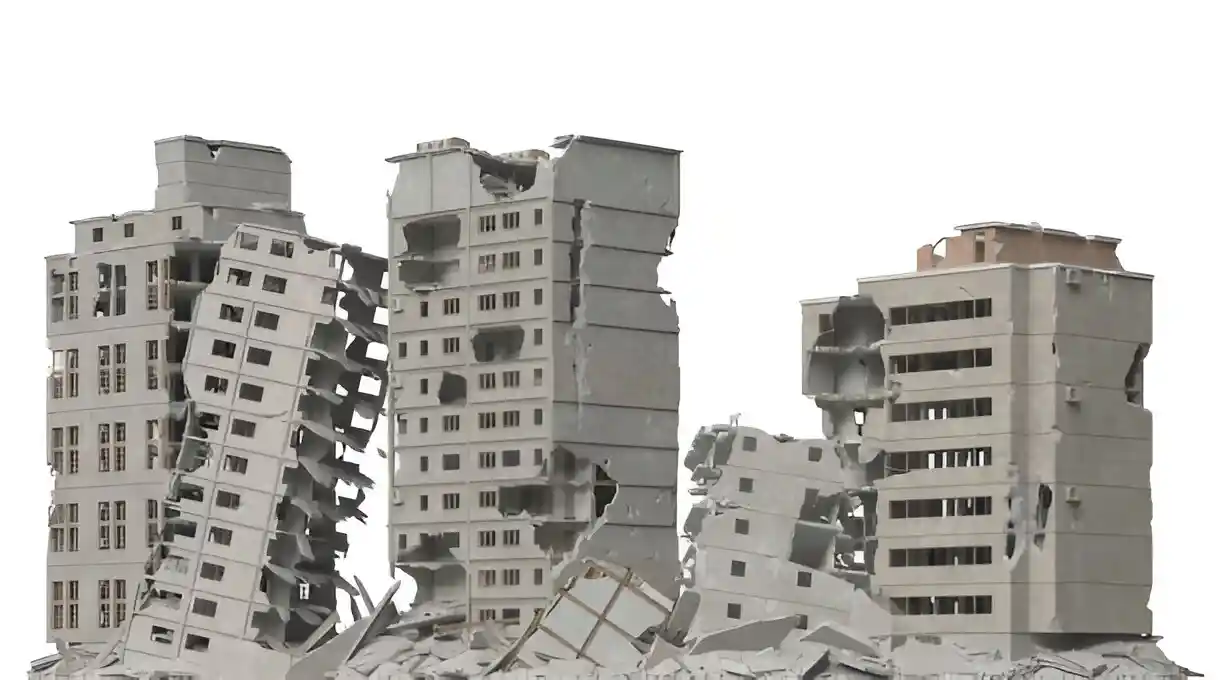
Environmental Protection
Our environmental consultants plan special steps to protect nature:
- Dust control systems
- Water protection
- Noise reduction
- Wildlife protection
- Tree preservation
Community Collaboration
Working with local historical societies helps us understand what matters most:
- Community values
- Historical significance
- Preservation priorities
- Local concerns
- Future plans
Project Planning Benefits
Project planning benefits include:
- Smooth workflow
- Protected history
- Happy neighbors
- Safe operations
- Clear documentation
Our cultural heritage organizations partnerships ensure we follow best practices:
- Proper techniques
- Careful handling
- Historic preservation
- Material recycling
- Community Respect
Remember, good preparation leads to successful projects. Let our experienced team handle all the details for your historical demolition project.
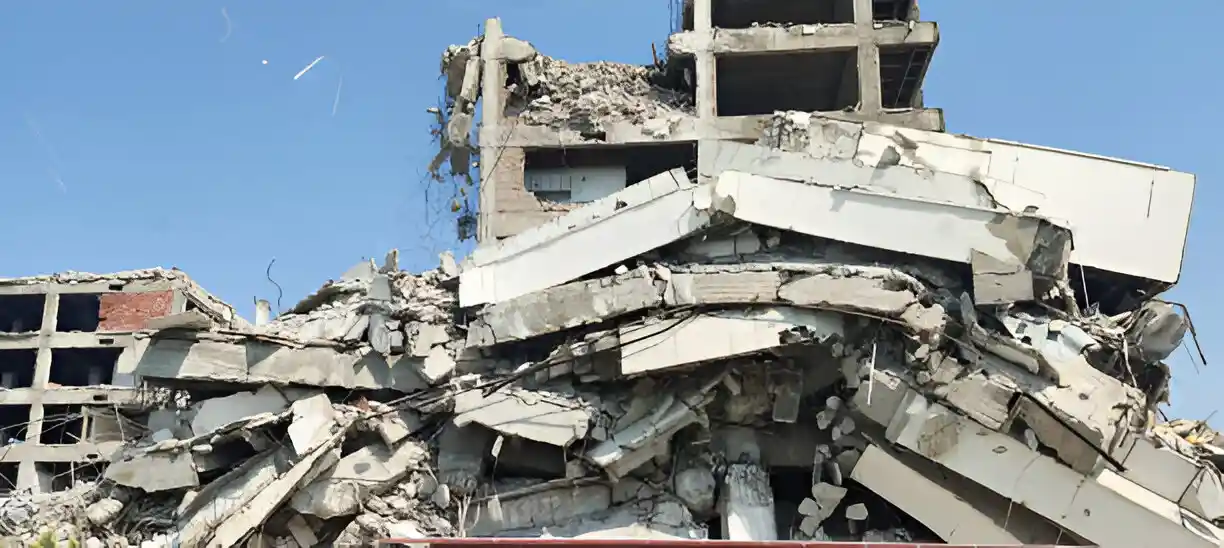
Managing Debris Removal and Cleanup Process
Clean sites make happy neighbors. Our environmental consultants ensure that every historical demolition project in North Carolina stays neat and organized from start to finish.
Sorting and Segregation
Our teams sort materials like organizing a giant puzzle. Heritage conservation experts help identify valuable pieces worth saving.
Material categories include:
- Historical artefacts
- Recyclable materials
- Reusable items
- Regular waste
- Special materials
Recycling Procedures
Working with local recycling partners, we give old materials new life. Preservation specialists help pick out items that others can use again.
Common recycled items:
- Wood beams
- Metal fixtures
- Stone pieces
- Brick materials
- Decorative elements
Site Cleaning Protocols
Our cleanup crews follow careful steps to leave your property spotless. Building owners appreciate our attention to detail during cleanup.
Daily cleaning tasks:
- Debris removal
- Dust control
- Surface cleaning
- Area organizing
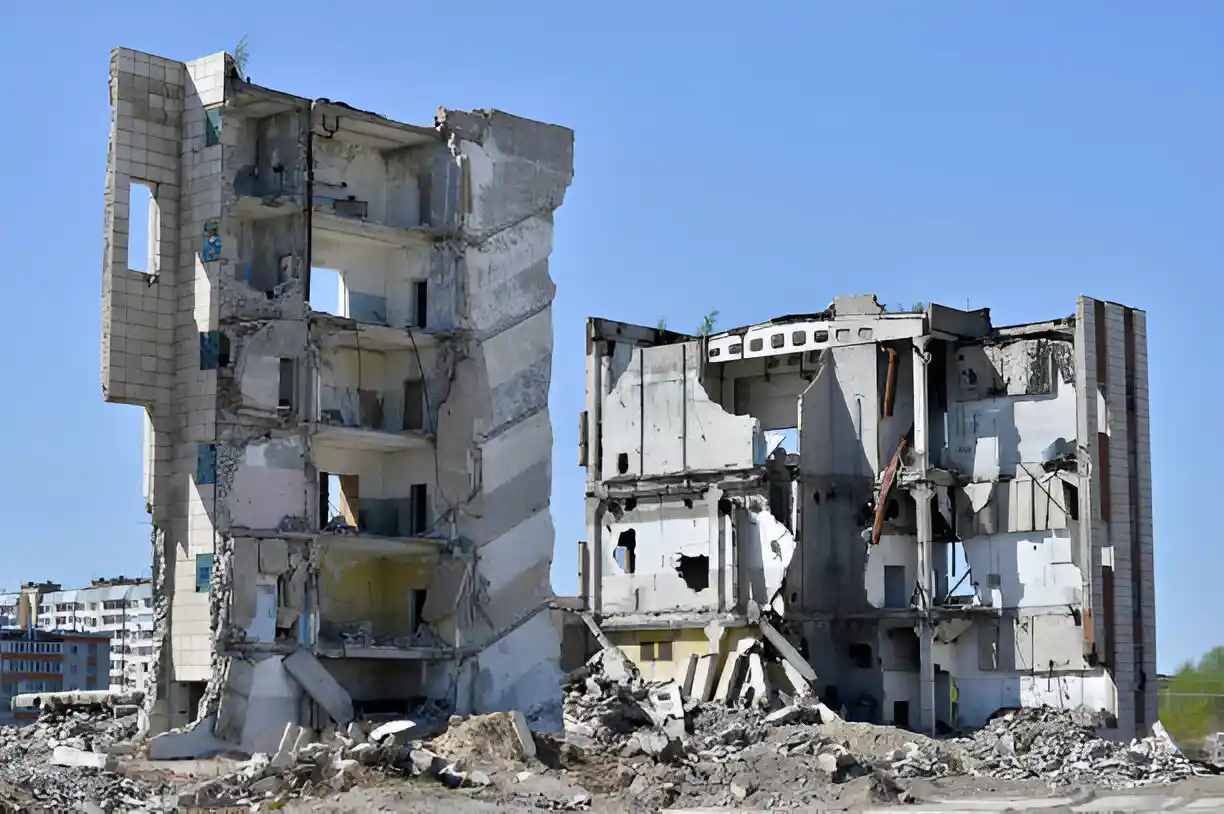
Final Inspection
Local government authorities and our team check everything carefully. We make sure the site meets all cleanup requirements.
Inspection points:
- Ground condition
- Surface cleanliness
- Material removal
- Safety compliance
- Environmental impact
Documentation
Our documentation teams record every step of the cleanup process. This helps prove we’ve done everything properly.
We document:
- Before pictures
- During cleanup
- After completion
- Material Disposal
- Recycling records
Other Services We Offer
| Service | Description |
|---|---|
| Asbestos Abatement | Carolina Demo and Removal provides professional asbestos abatement services, ensuring safe removal of hazardous materials with certified techniques to protect health and comply with regulations. |
| Concrete Crushing & Recycling Services | Carolina Demo and Removal specializes in eco-friendly concrete crushing and recycling, turning waste into reusable materials while reducing landfill impact. |
| Hydro Demolition Services | Carolina Demo and Removal offers advanced hydro demolition services, using high-pressure water jets to safely and efficiently remove concrete without damaging rebar or surrounding structures. |
| Silo Demolition Services | Carolina Demo and Removal specializes in precise silo demolition, ensuring safe removal of industrial and agricultural silos with minimal disruption to surrounding structures. |
| Site Clearing & Land Preparation Services | Carolina Demo and Removal provides expert site clearing and land preparation services, including tree removal, debris clearing, and grading, to make your property build-ready efficiently and safely. |
| Underwater Demolition Services | Carolina Demo and Removal offers expert underwater demolition services, safely removing submerged structures and obstacles with precision to support marine and construction projects. |
Conclusion and Final Thoughts
Carolina Demo and Removal brings care and skill to every historical demolition project. Our preservation specialists protect North Carolina’s architectural heritage while helping you move forward.
Summary of Services
We offer complete historical demolition services that prioritize history. Our heritage conservation experts handle everything from planning to cleanup.
Our main services:
• Historical assessments
• Preservation planning
• Careful demolition
• Material salvage
• Site restoration
Commitment to Preservation
Working with local historical societies, we save essential pieces of the past. Every project helps keep North Carolina’s history alive.
Our promises:
• Careful handling
• Historical respect
• Environmental care
• Quality results
Quality Assurance
Our documentation teams track every step to prove quality work. Building owners receive detailed records of their projects.
Quality checks include:
• Daily inspections
• Progress photos
• Material tracking
• Safety reviews
• Final reports
Popular Questions
Frequently Asked Questions about Historical & Architectural Demolition in North Carolina
Costs vary based on building size, condition, and preservation requirements. Most projects range from $10,000 to $100,000, with larger historical structures potentially costing more. Our preservation specialists provide detailed quotes after site inspection.
Yes, historical demolition requires specific permits from local government authorities and historic preservation boards. We handle all permit applications, including environmental clearances and preservation approvals.
Most projects take 4-12 weeks, depending on size and complexity. Our heritage conservation experts create detailed timelines considering preservation needs, material salvage, and weather conditions.
Absolutely! Our teams carefully salvage valuable items like vintage woodwork, fixtures, and architectural elements. Building owners often recover costs through salvaged material value.
Most standard insurance policies cover demolition, but historical buildings may need special coverage. We work with insurance companies and help documentation teams prepare the necessary paperwork.
Our environmental consultants implement strict dust control, noise reduction, and waste management practices. We recycle materials whenever possible and follow all EPA guidelines.
We use careful demolition techniques, install protective barriers, and monitor vibration levels. Regular communication with neighbors and local historical societies ensures minimal disruption.
Any historical artifacts discovered are documented and preserved according to local preservation guidelines. Our structural engineers work carefully to protect against unexpected findings.
Yes, we provide 24/7 emergency services for historically significant buildings. Our teams respond quickly to protect both the structure and its historical elements.
Our preservation specialists document everything, salvage important elements, and follow preservation guidelines. We work closely with historical preservation boards to maintain architectural heritage.
